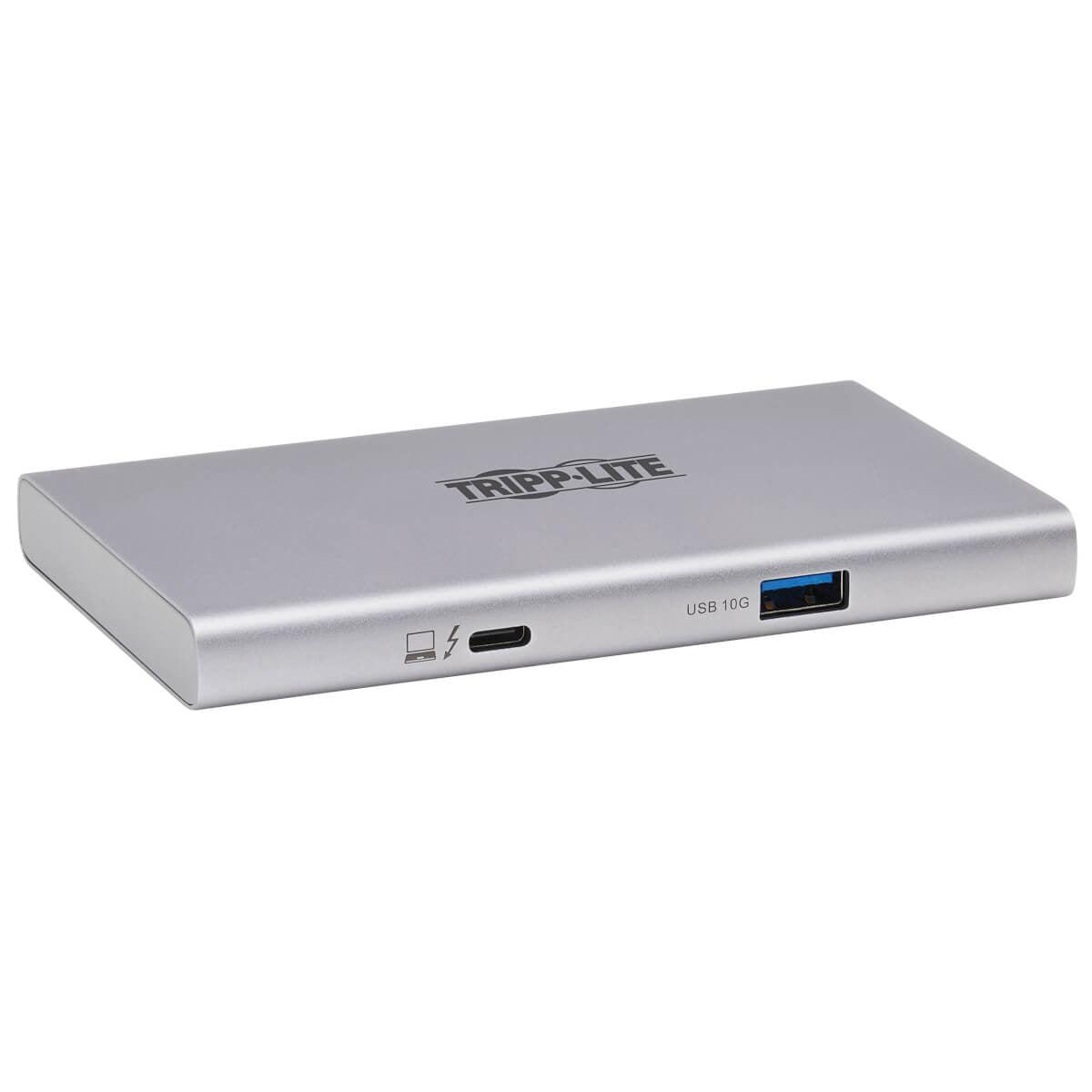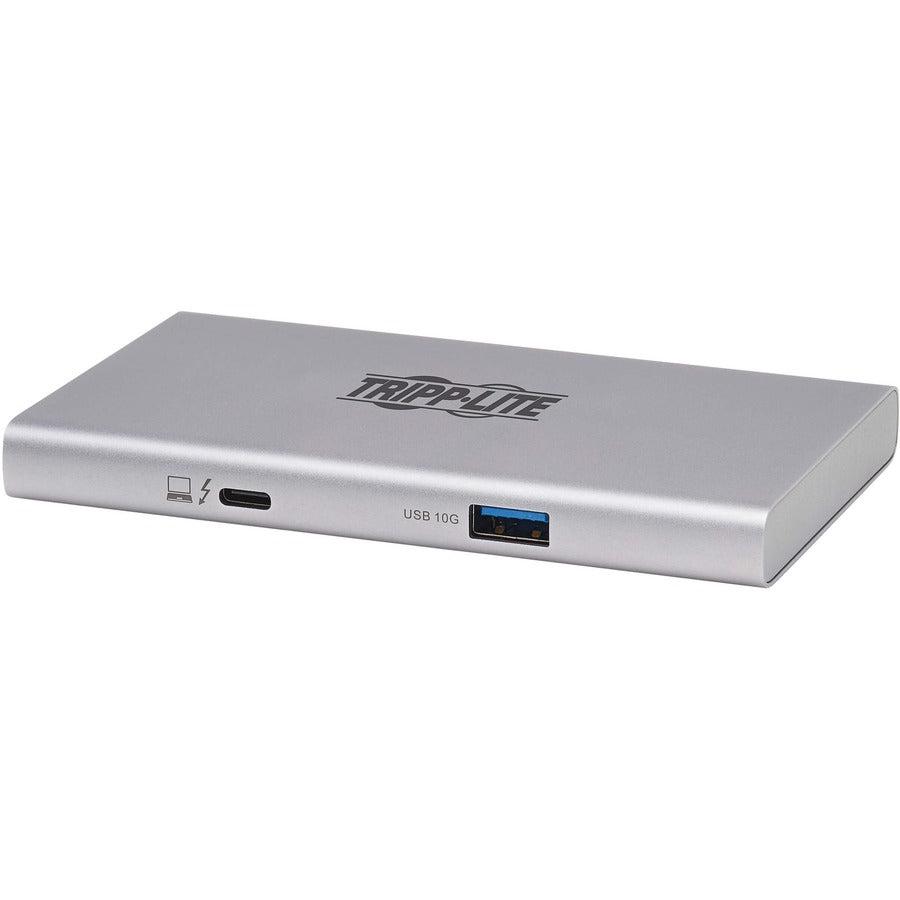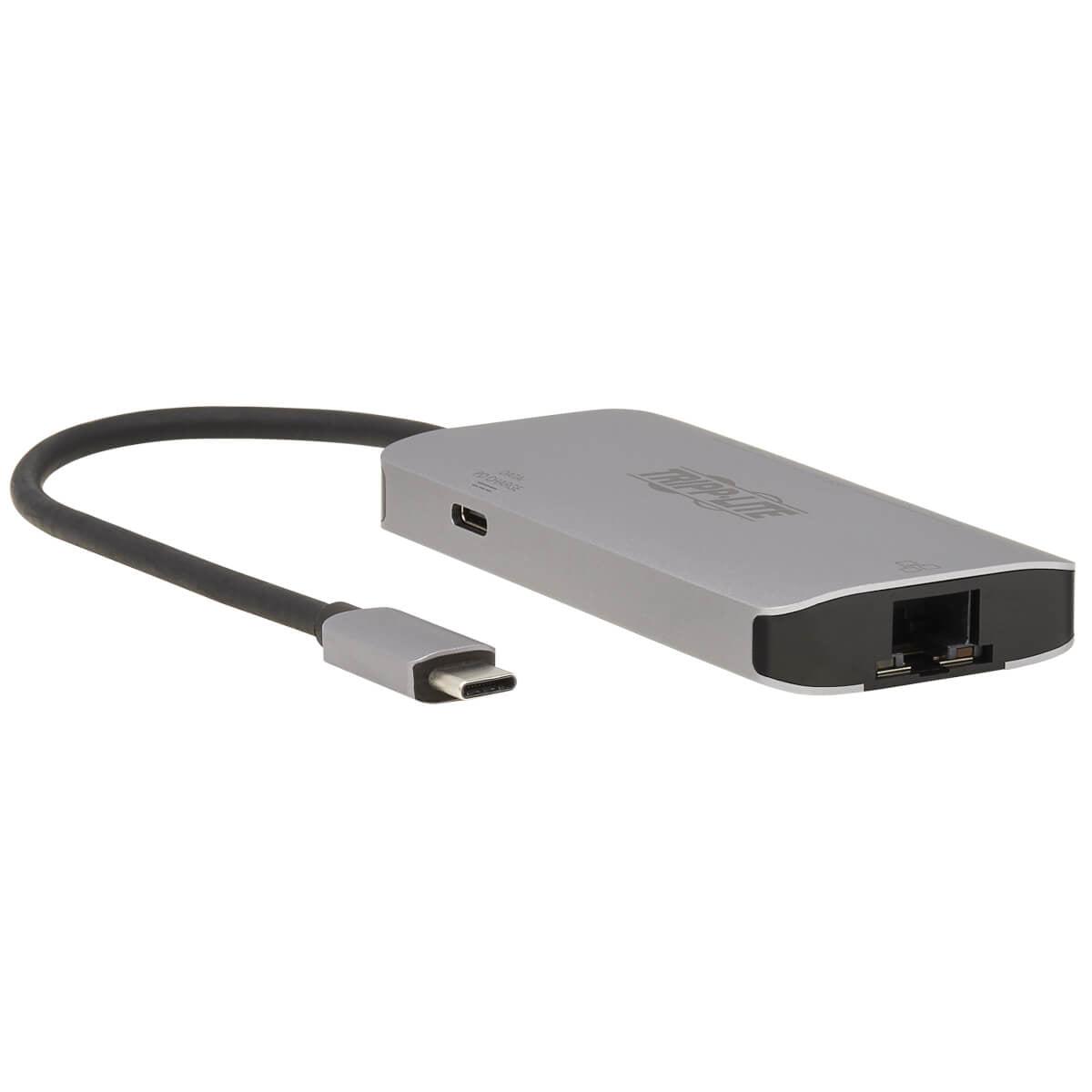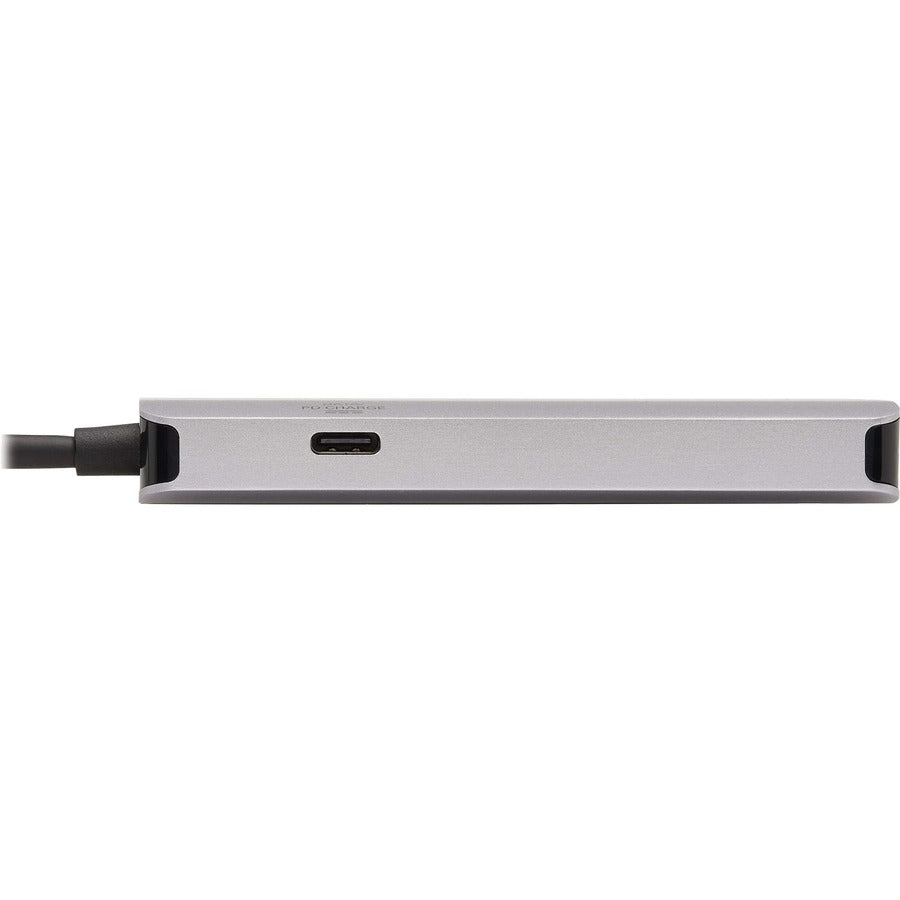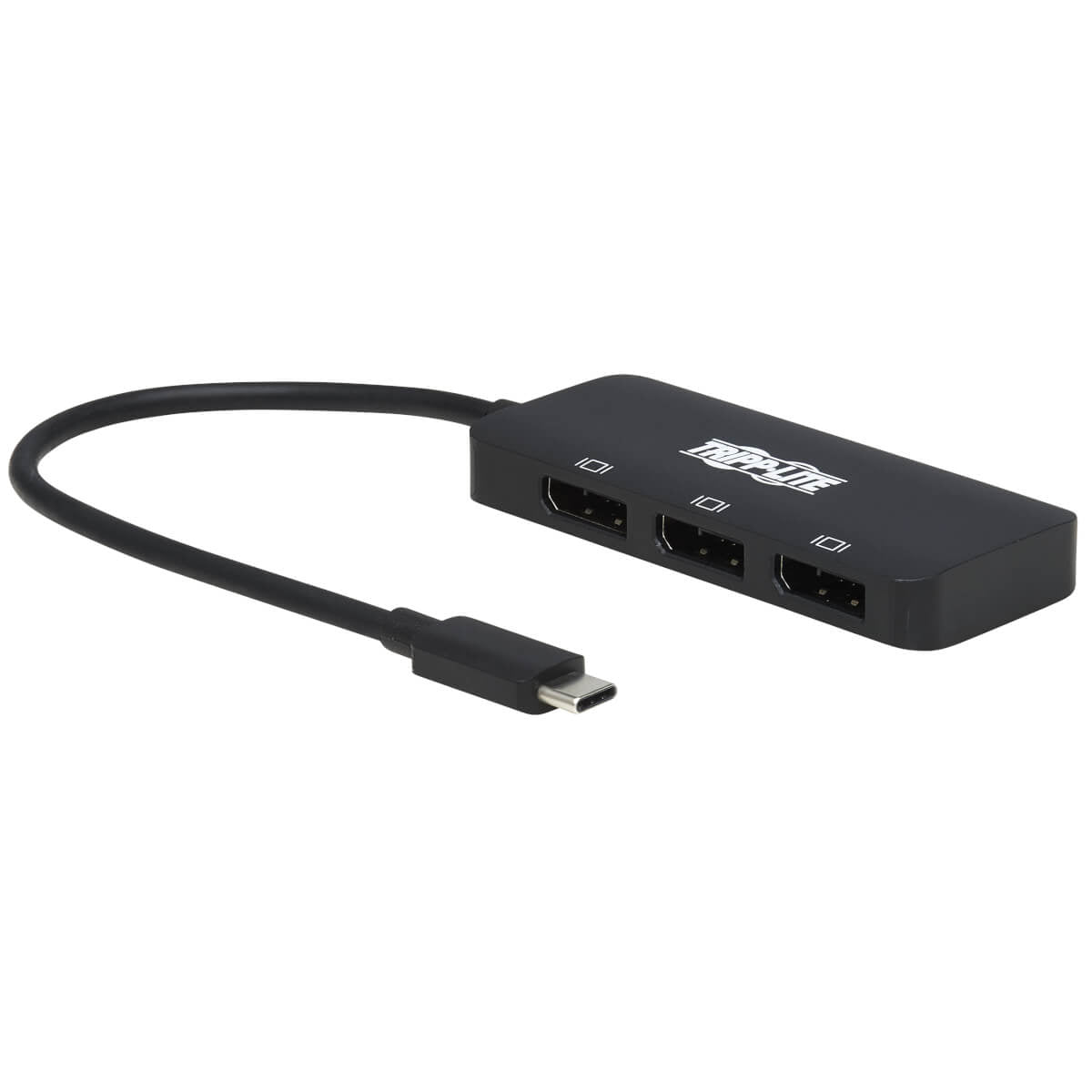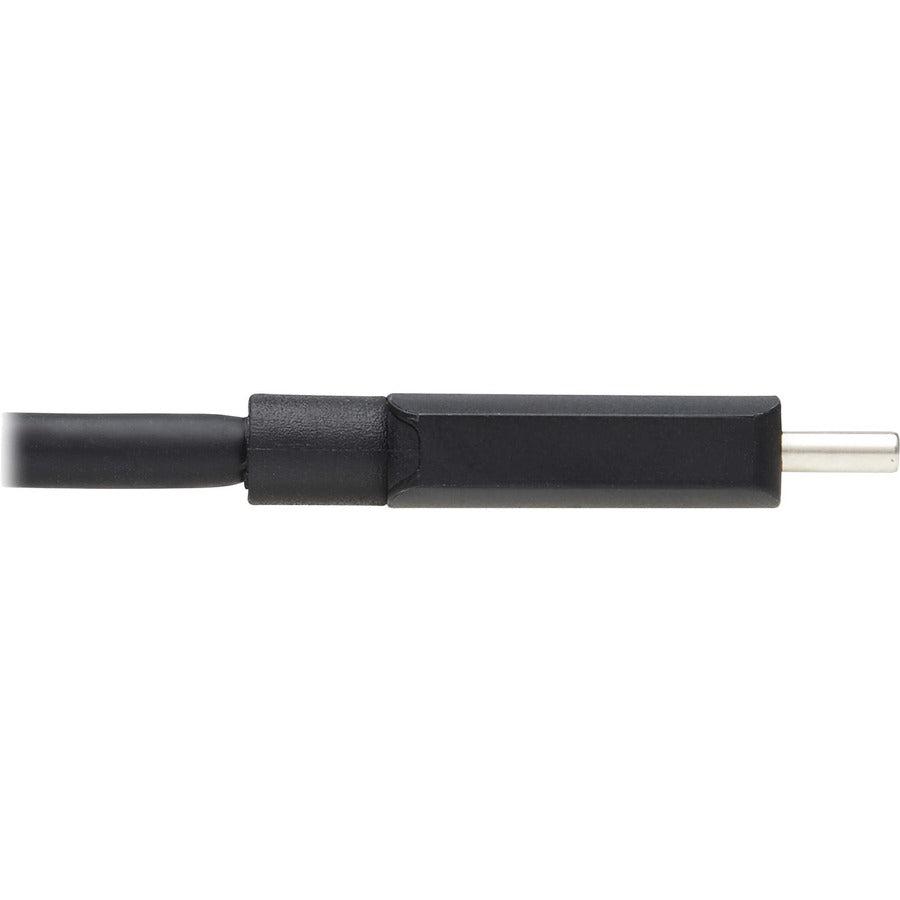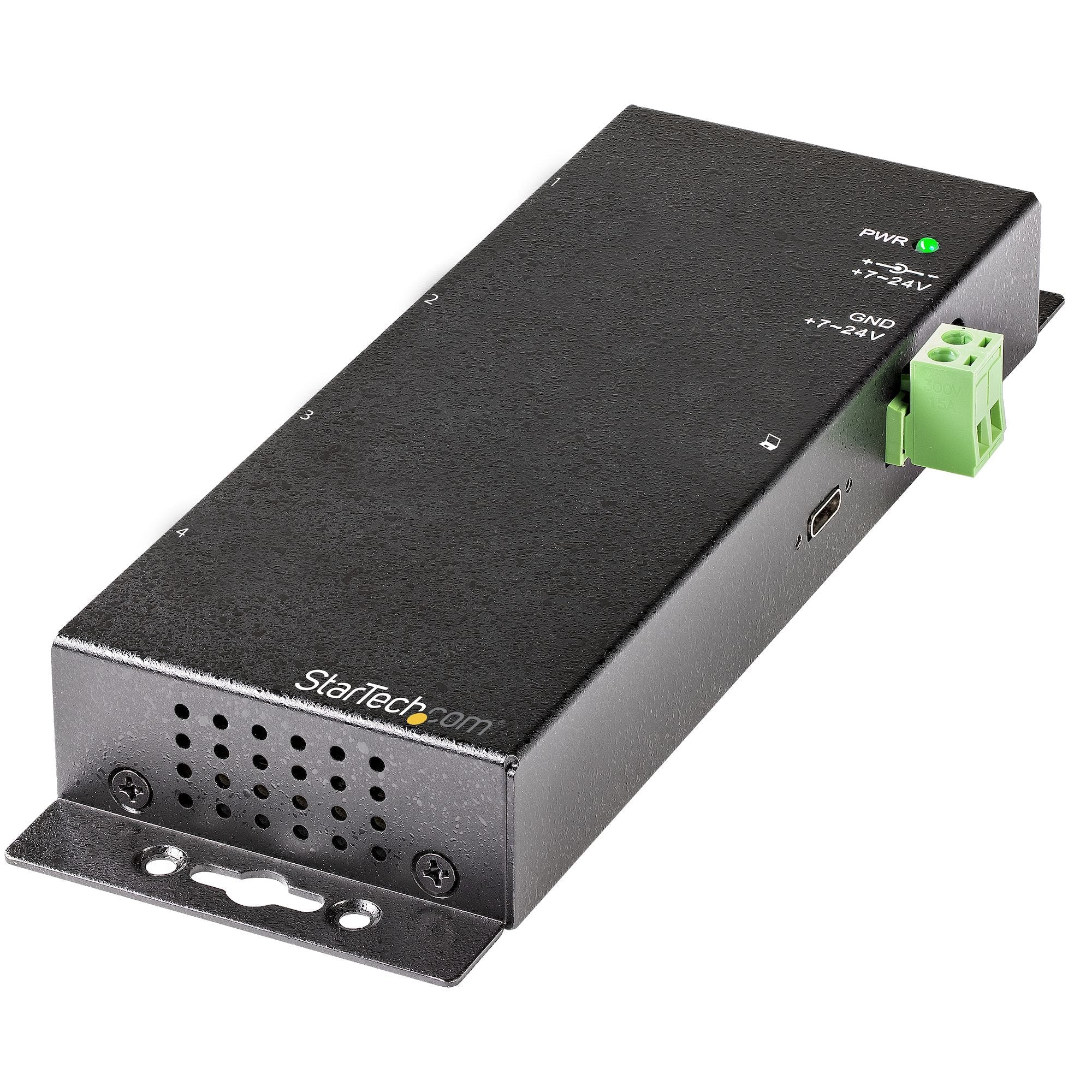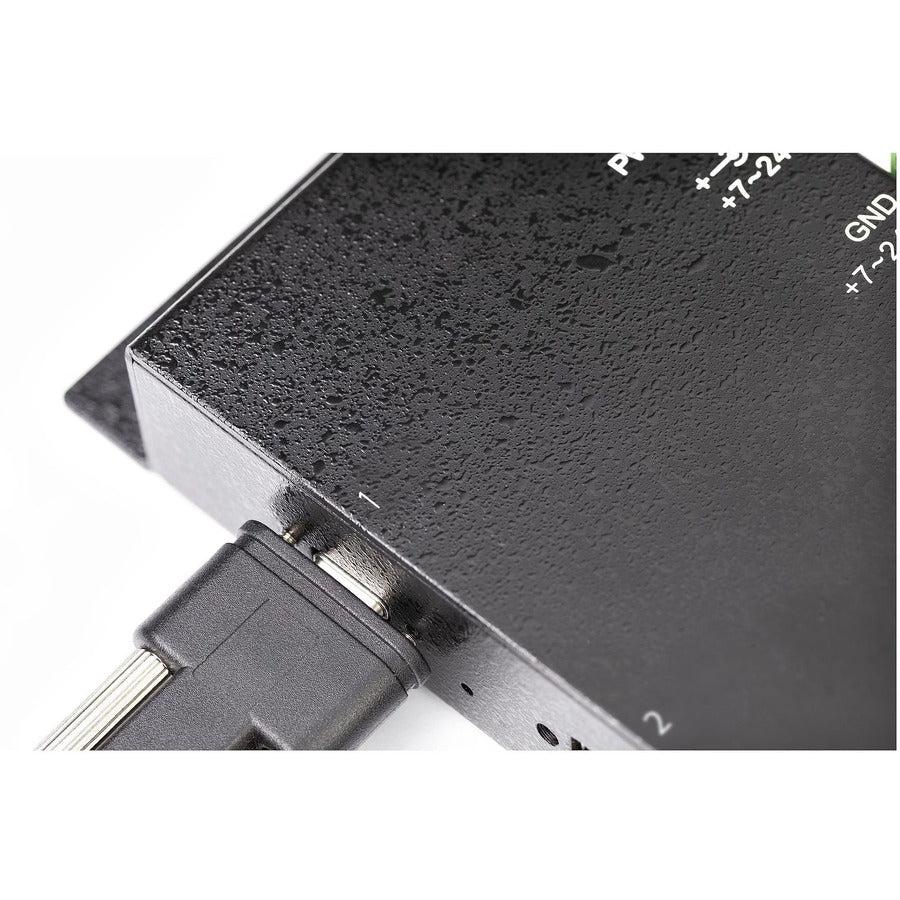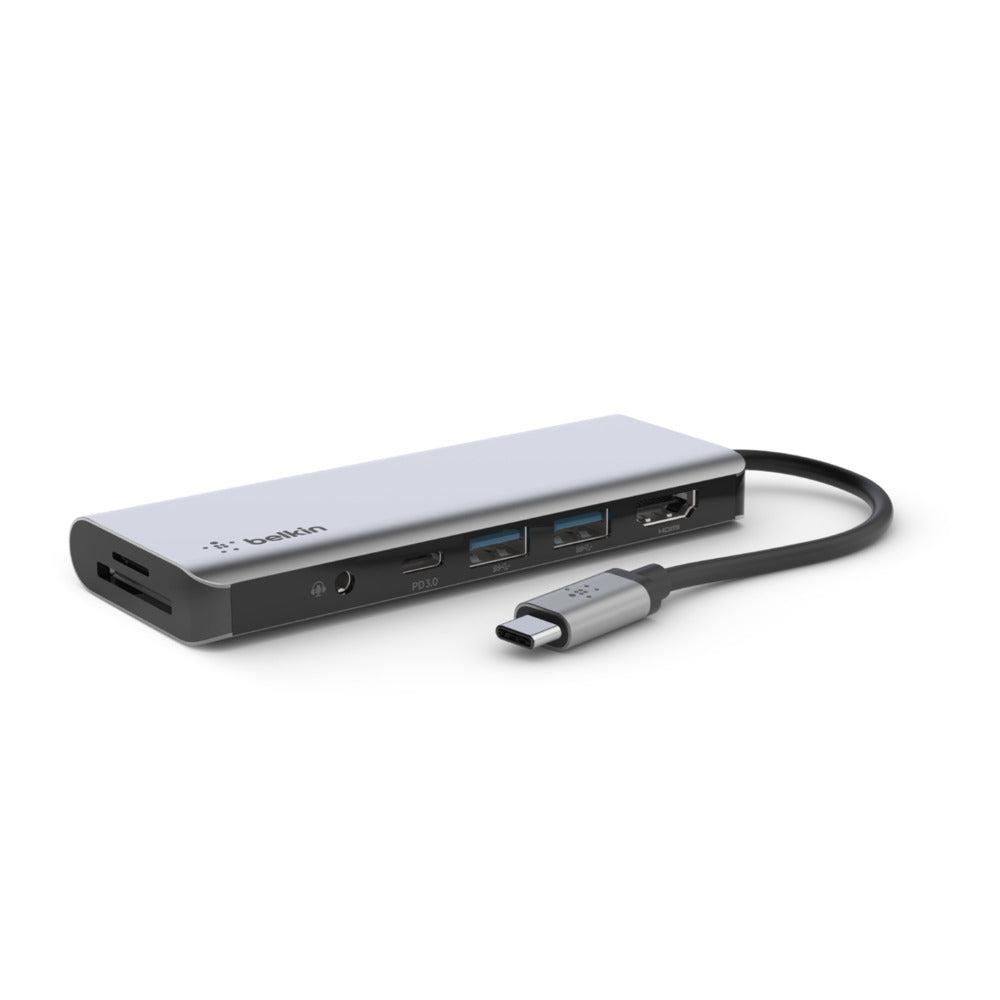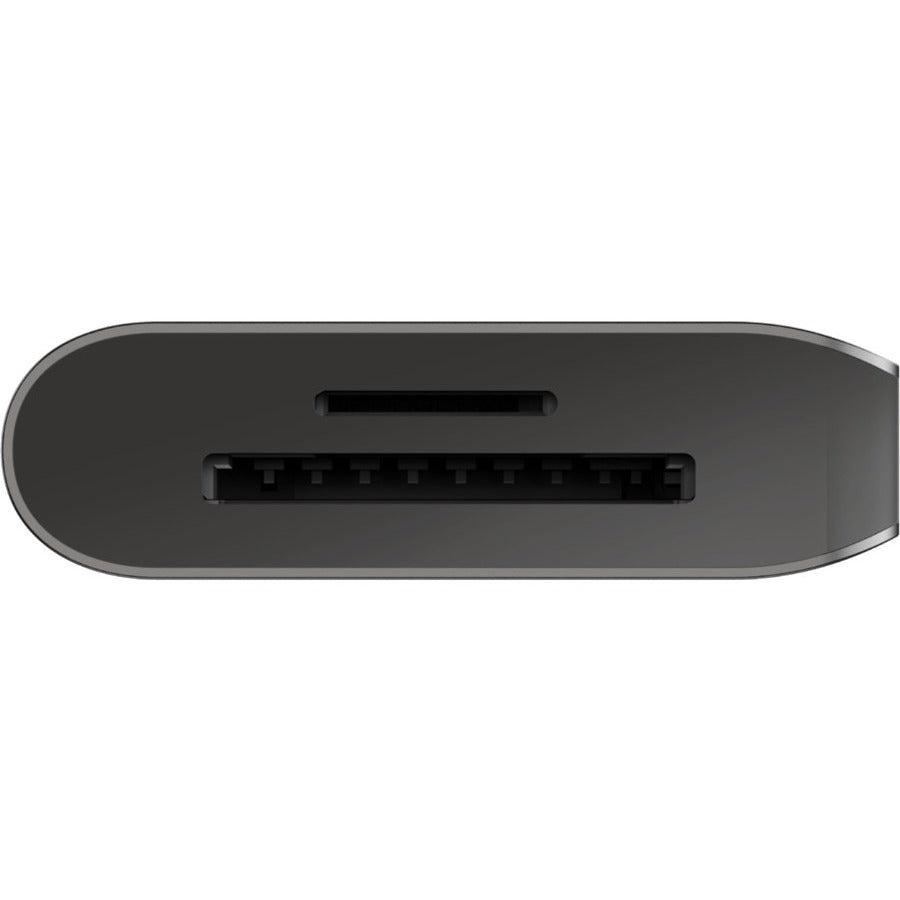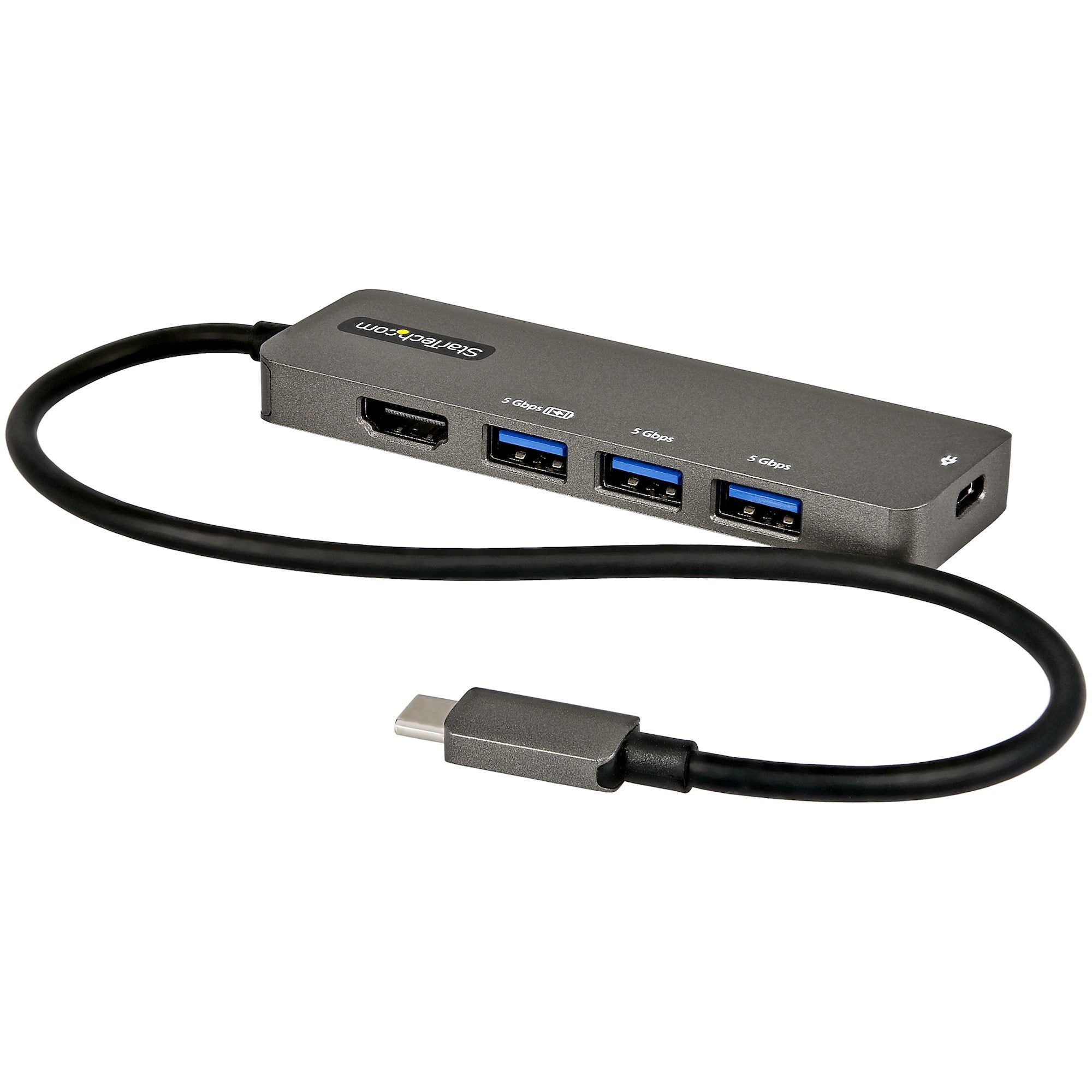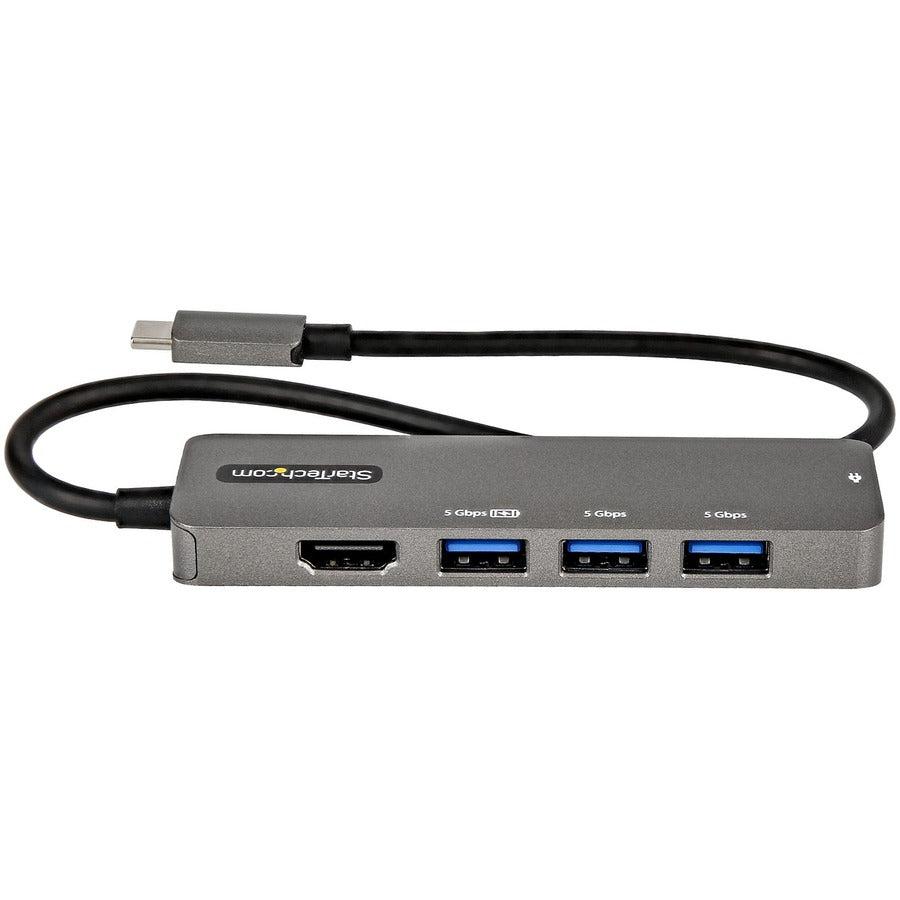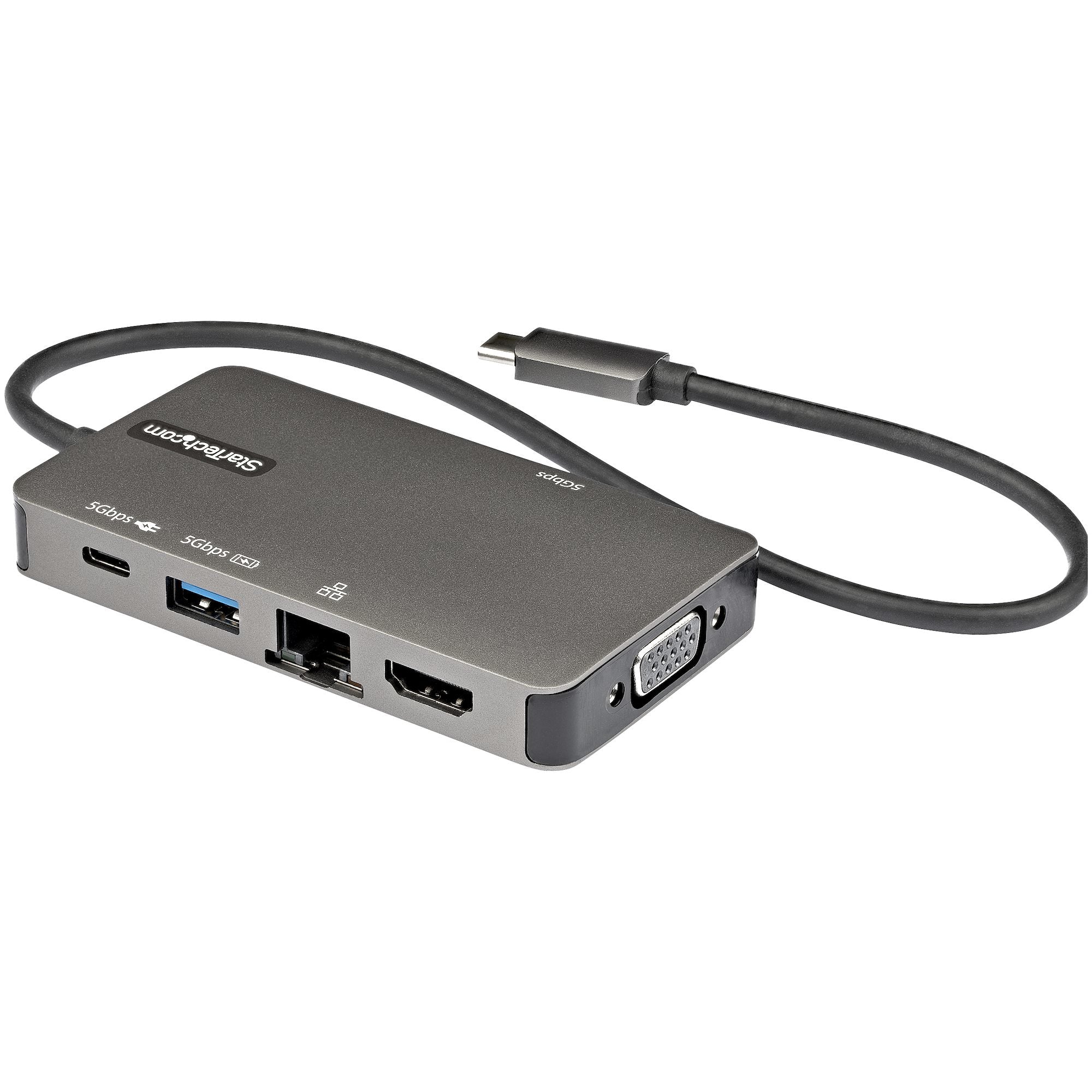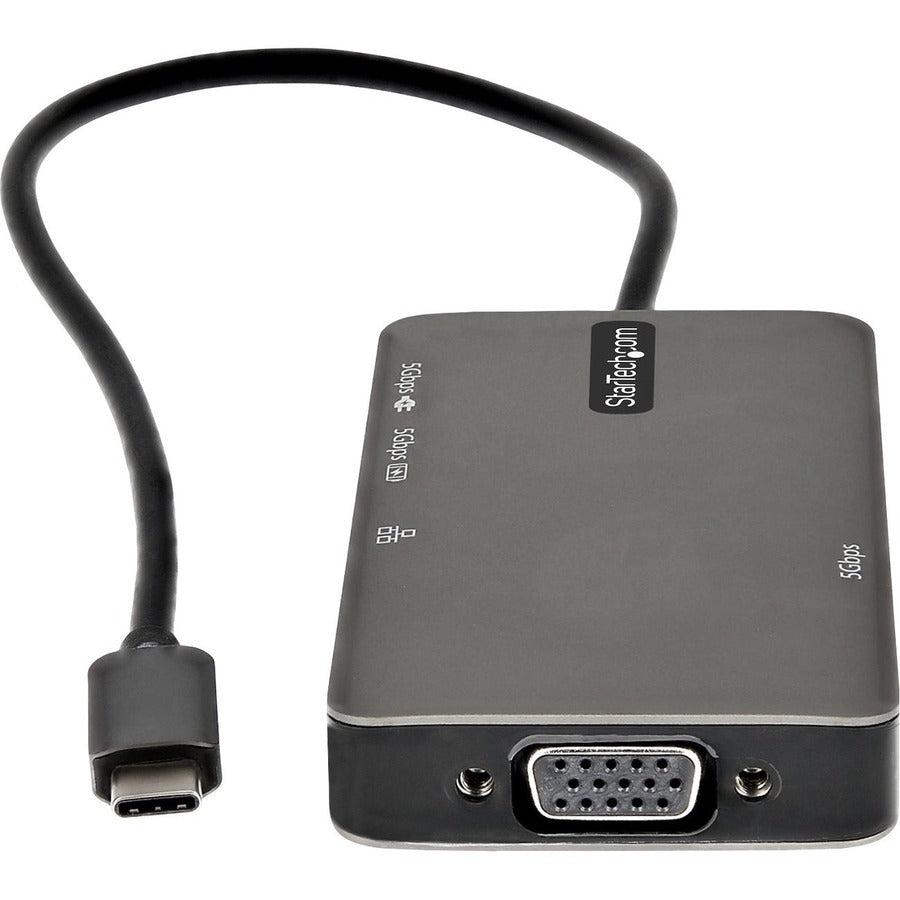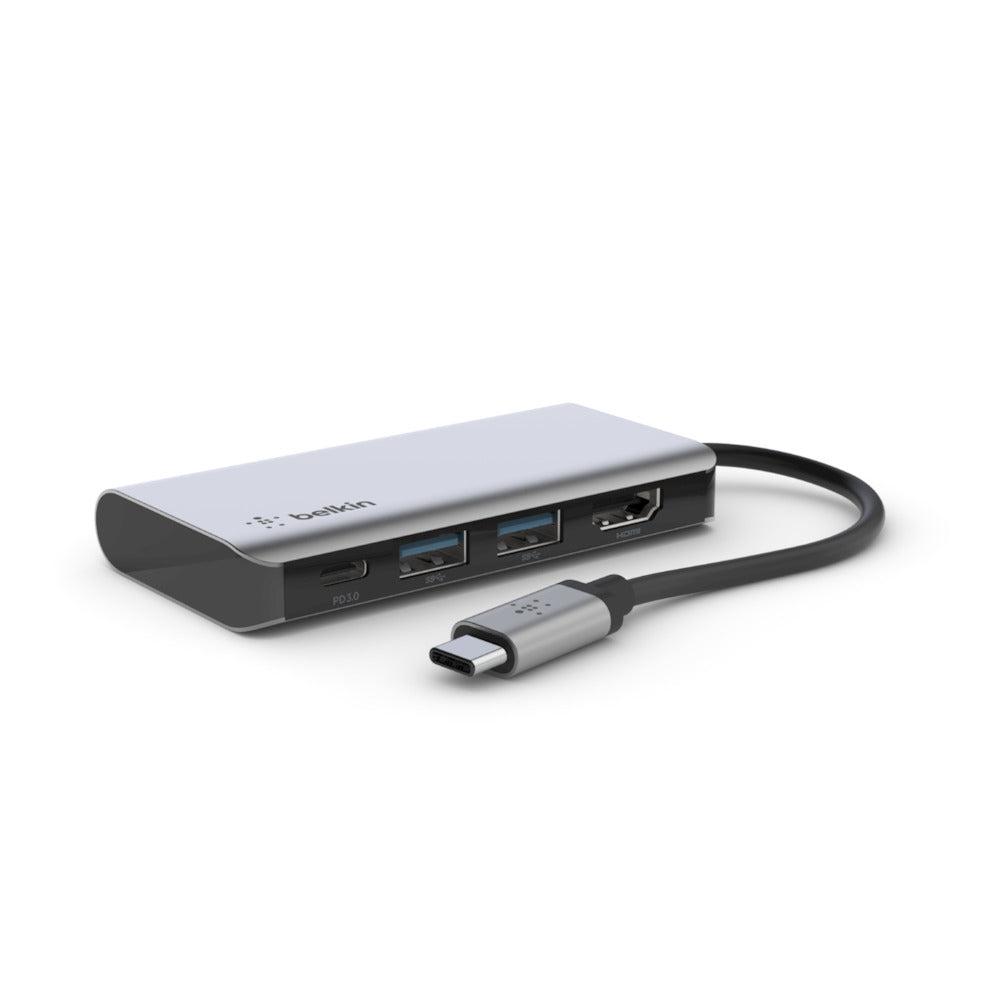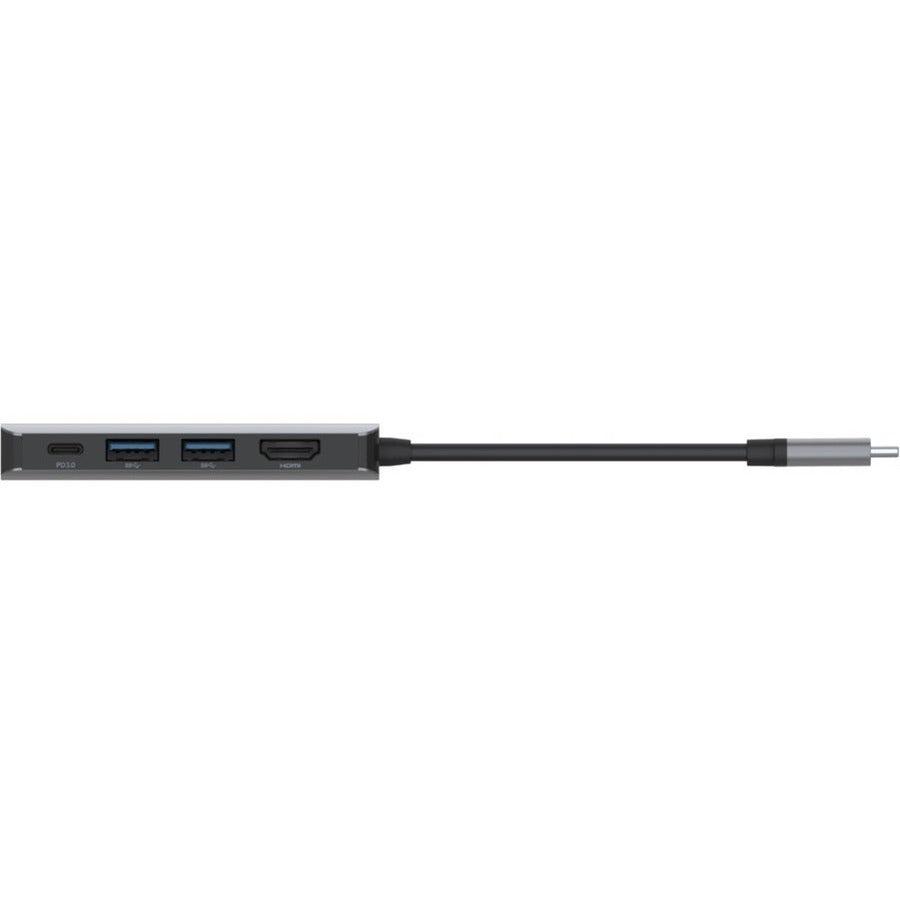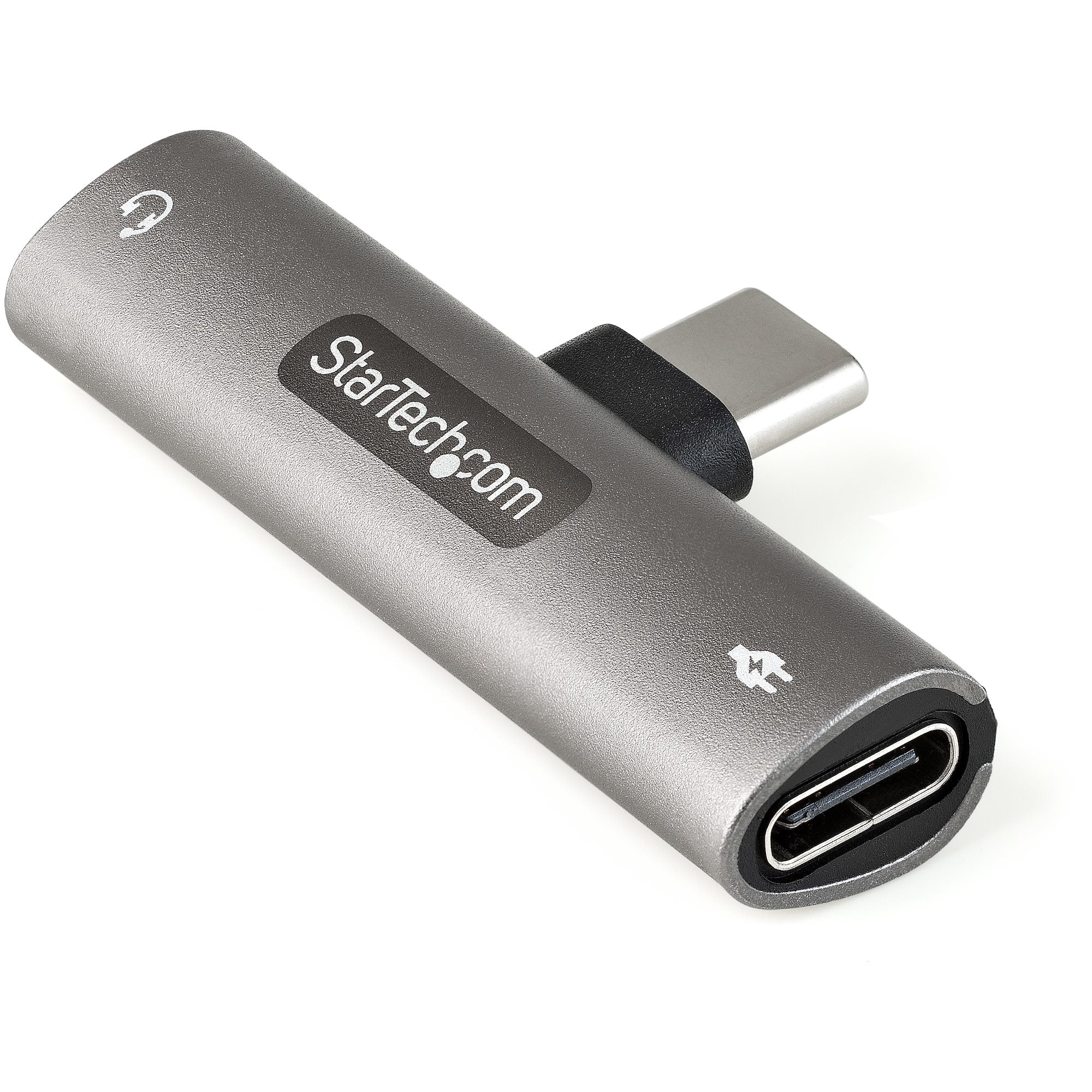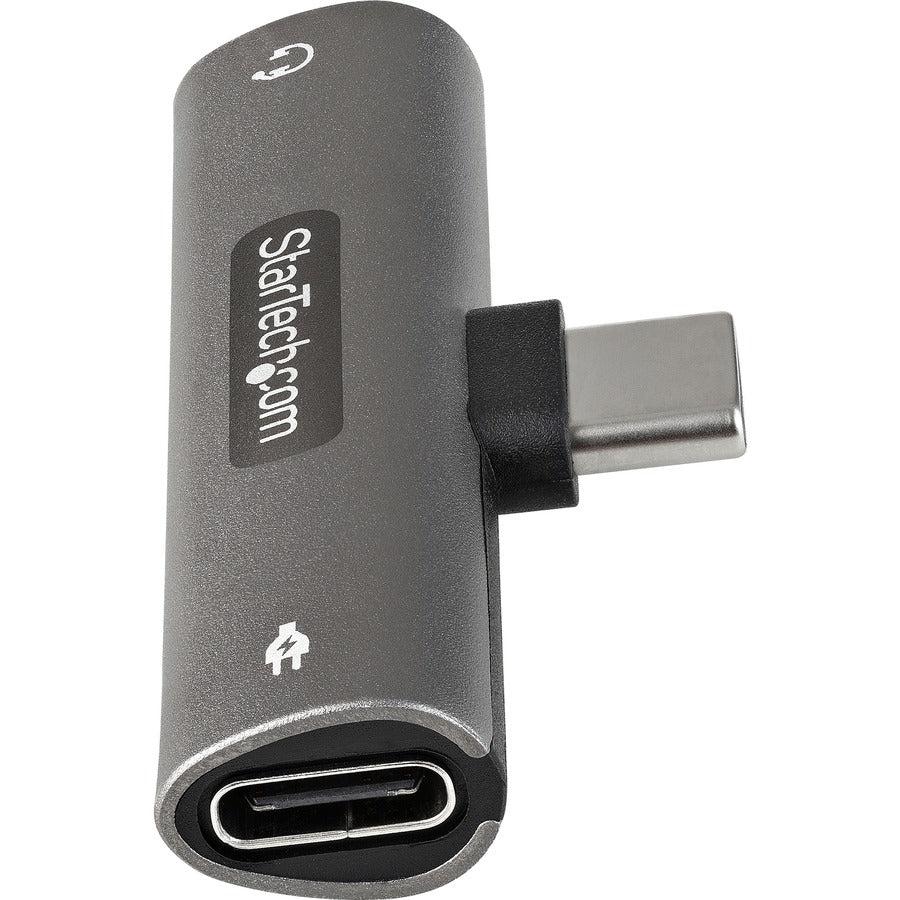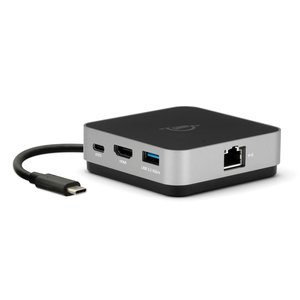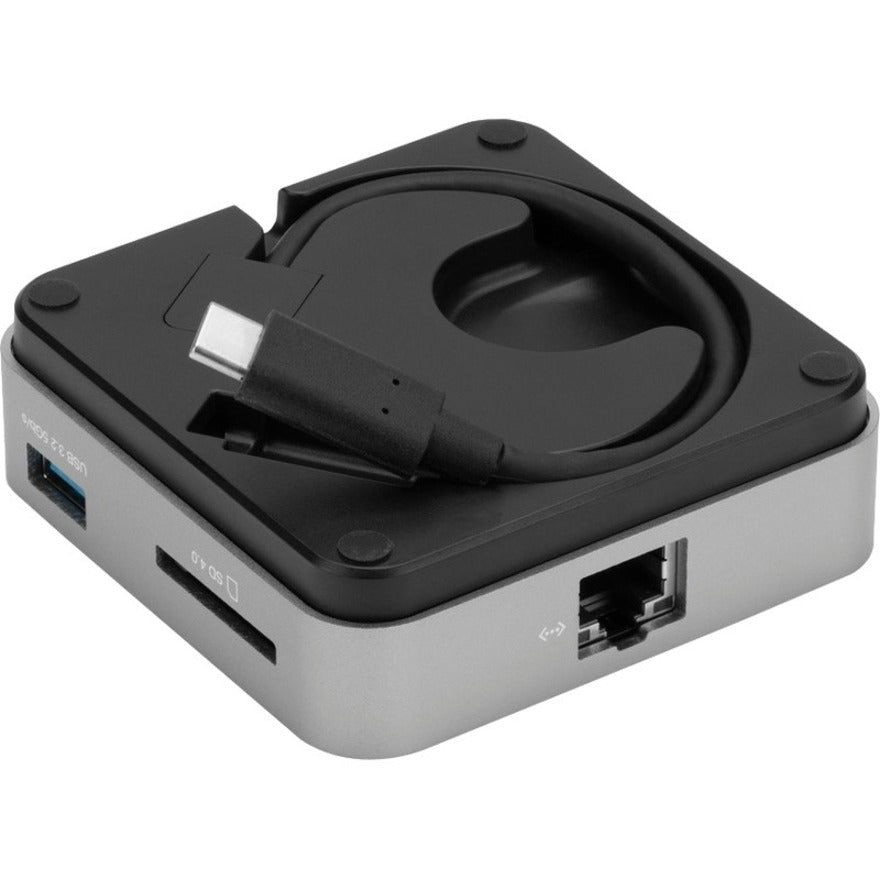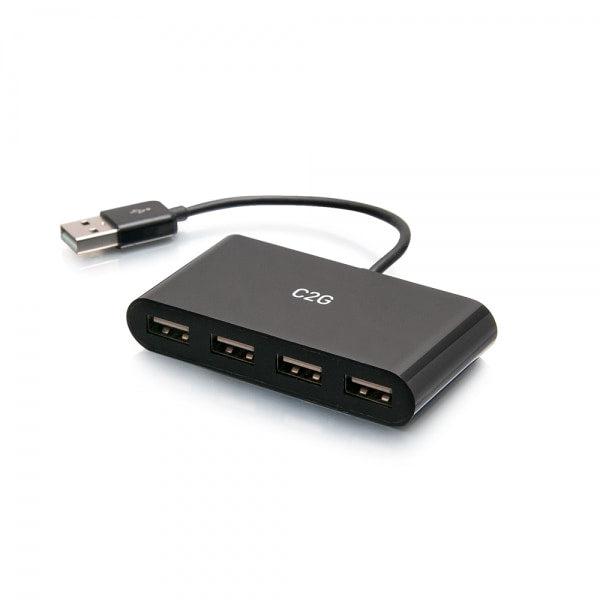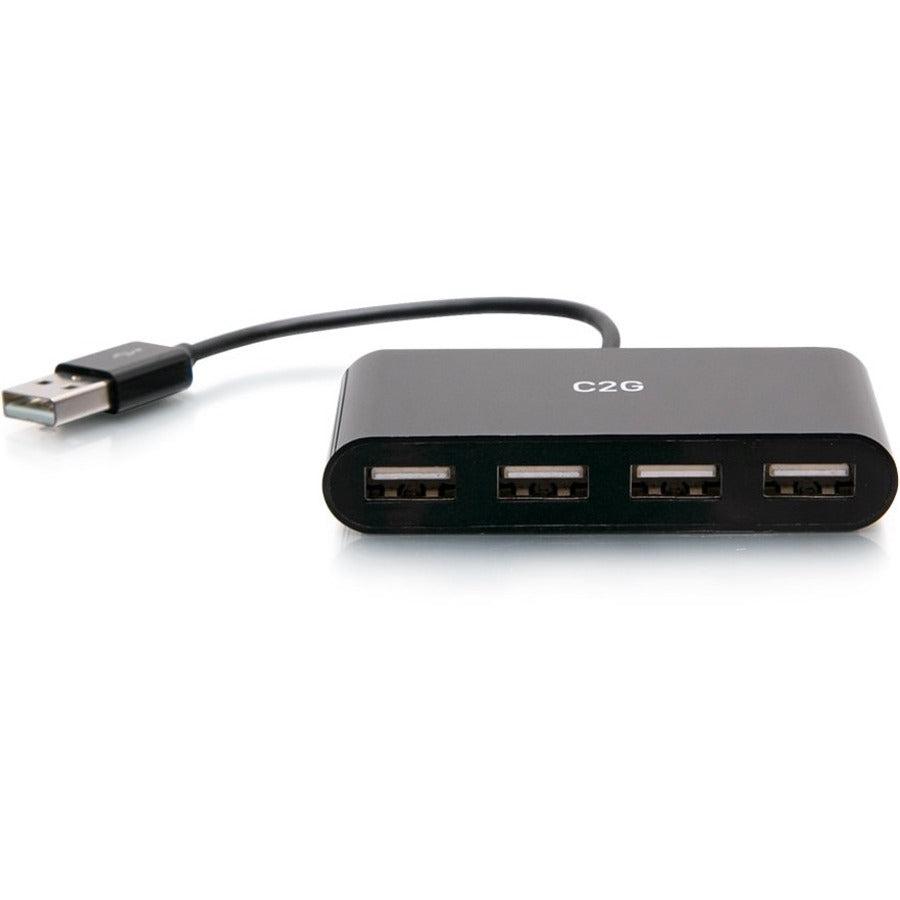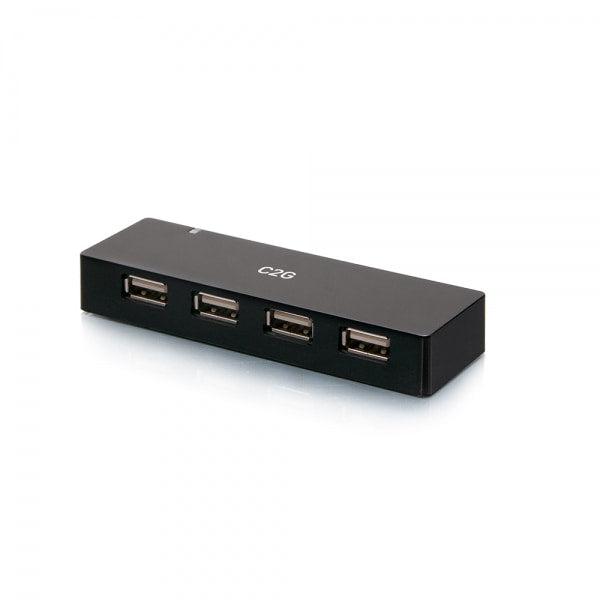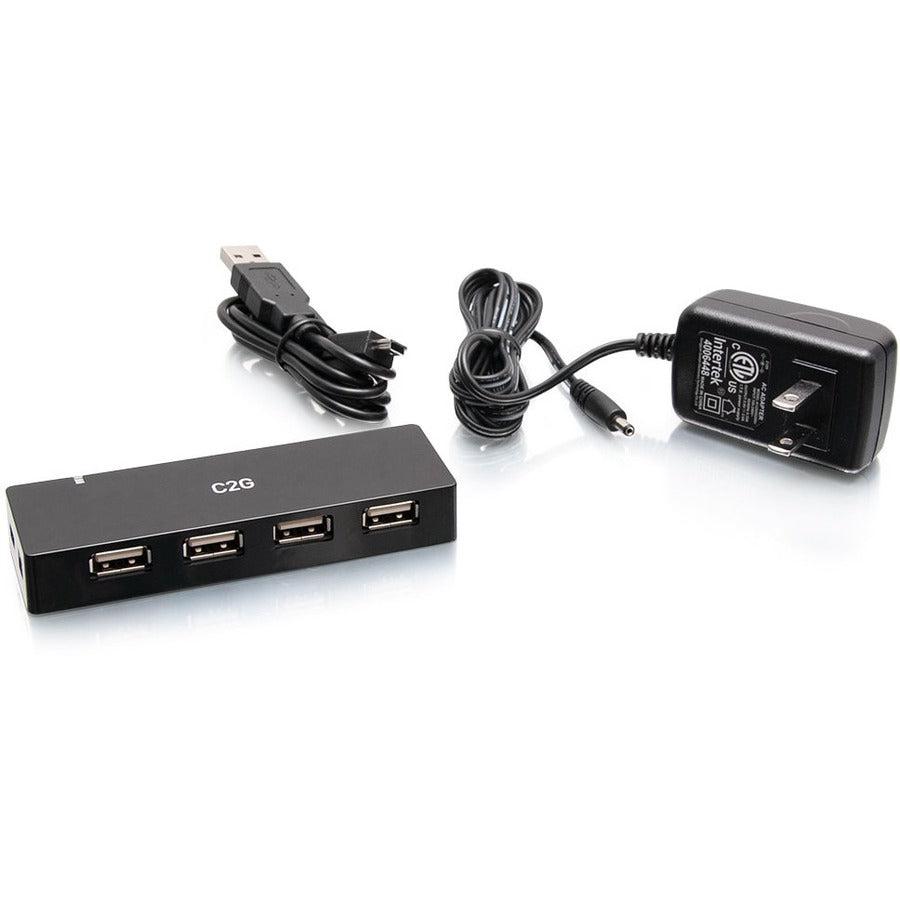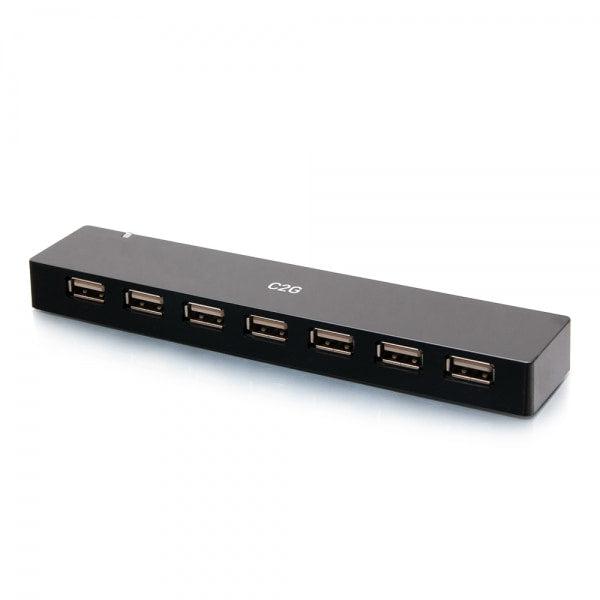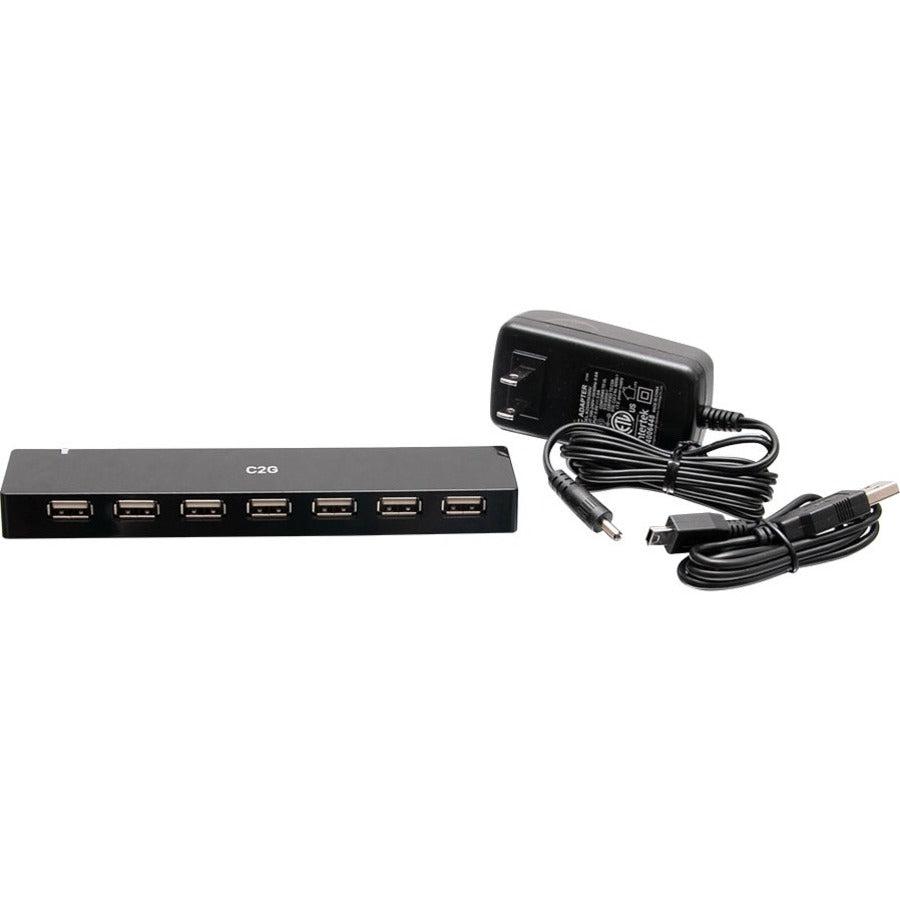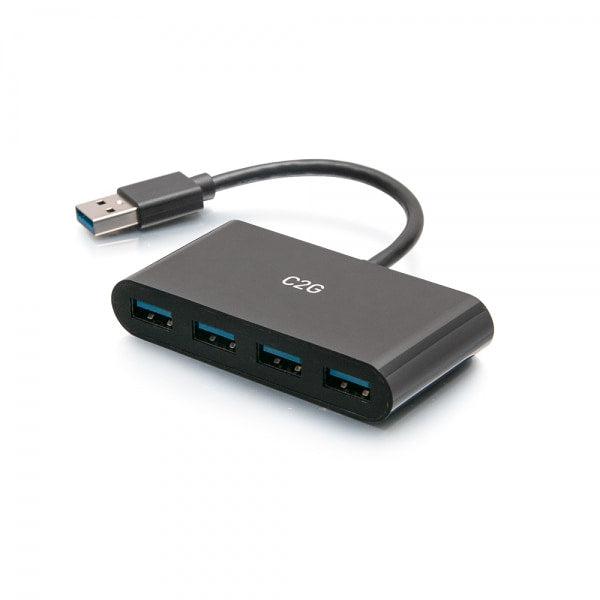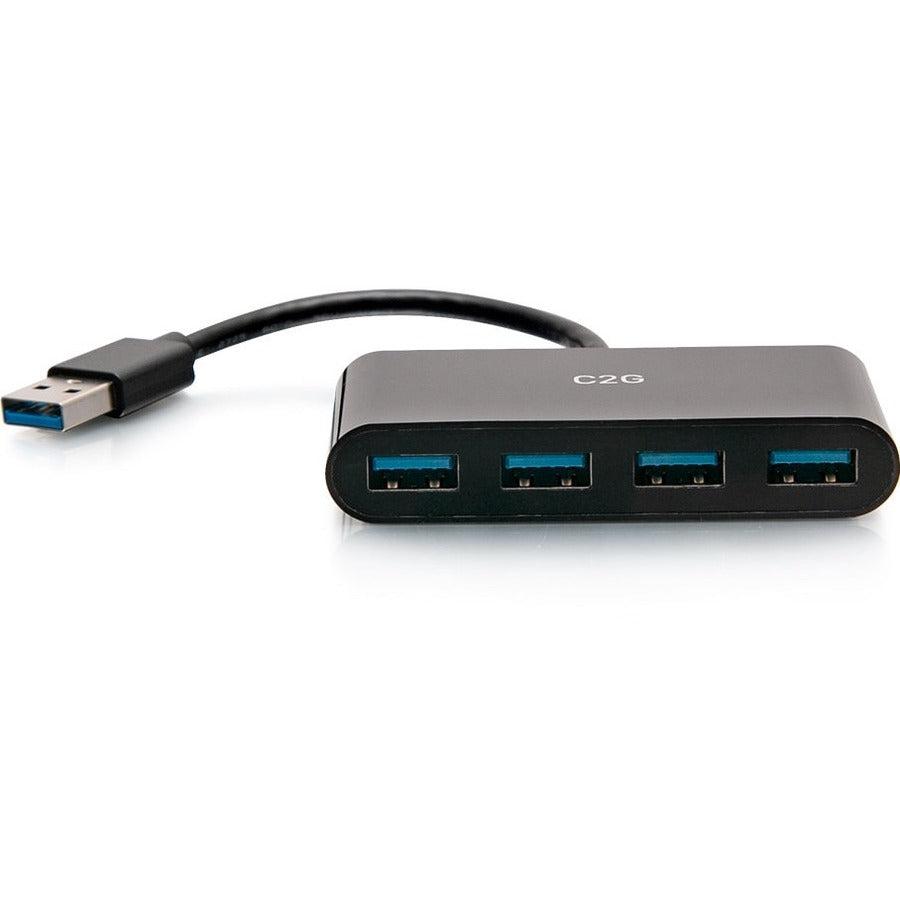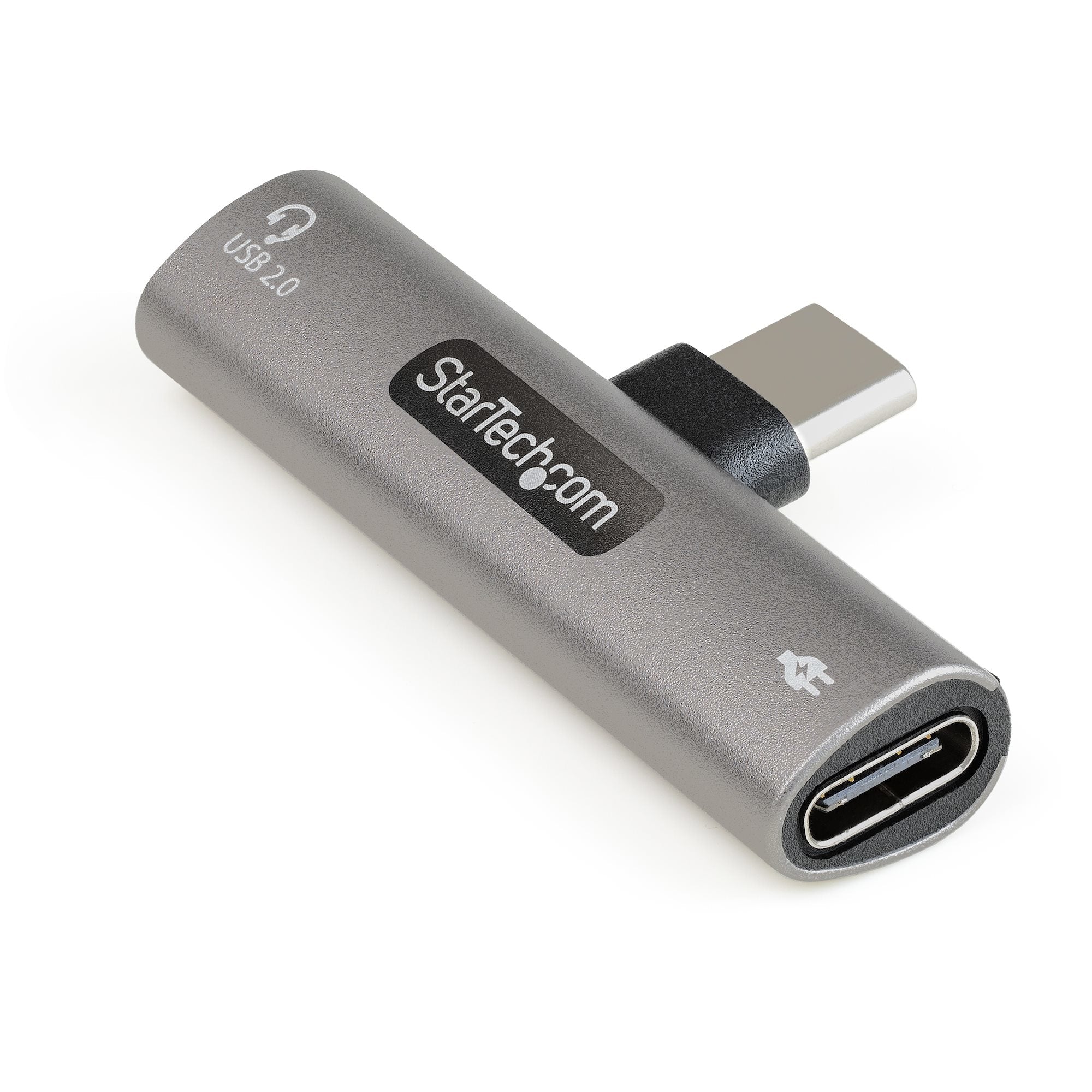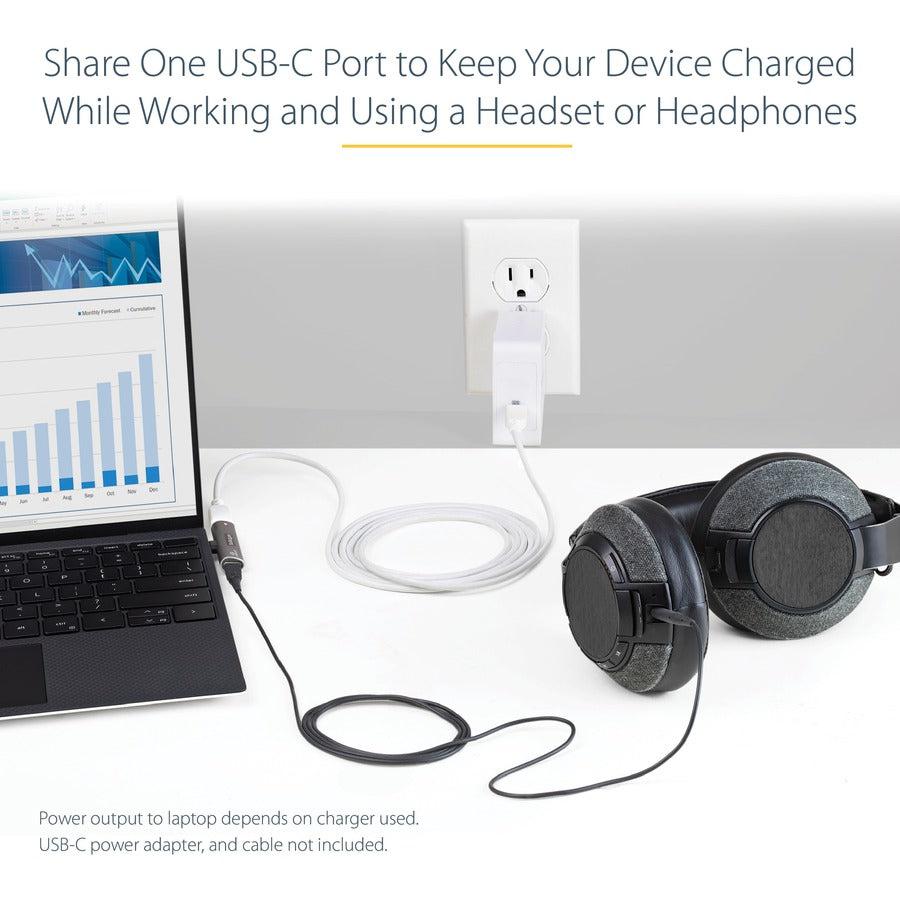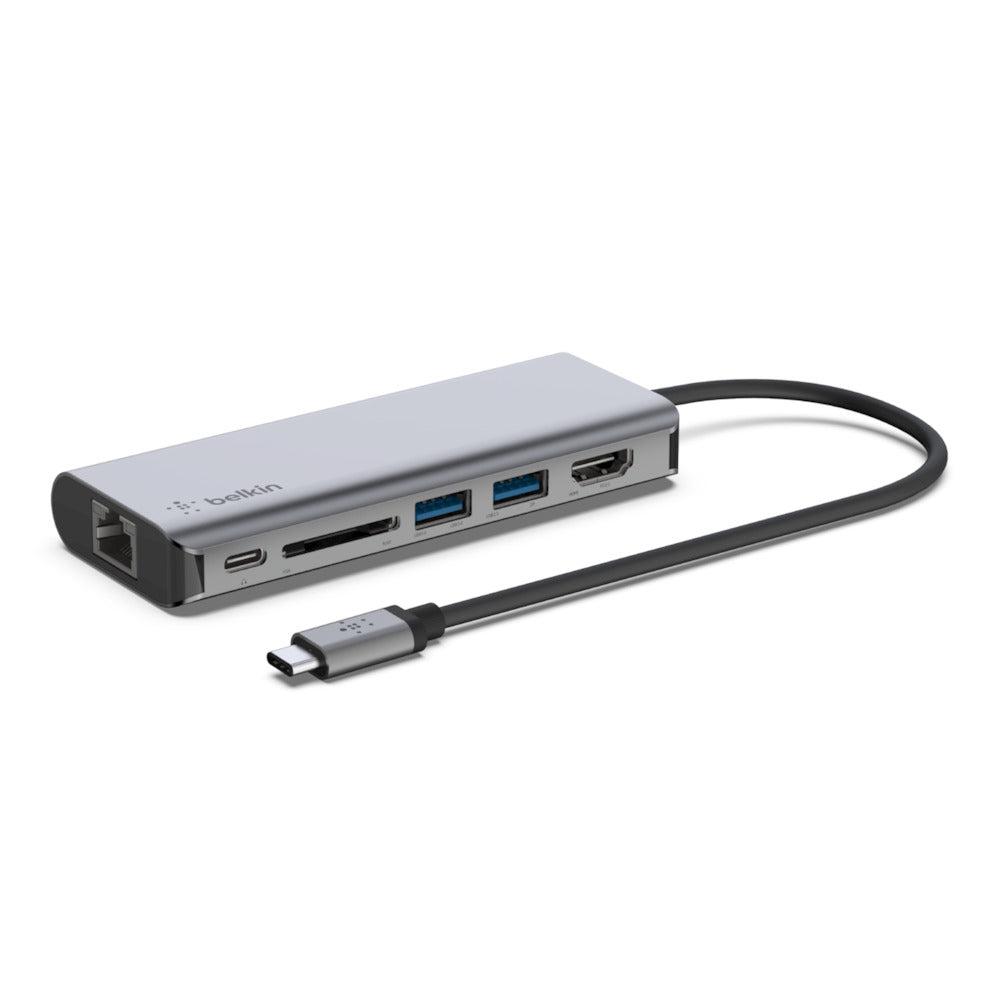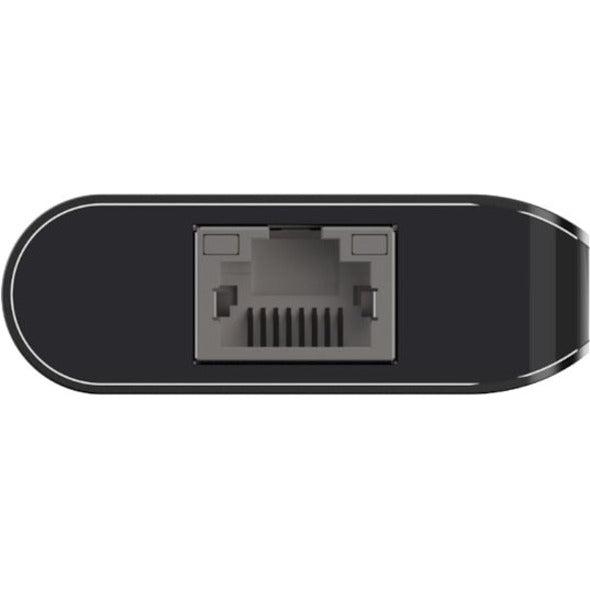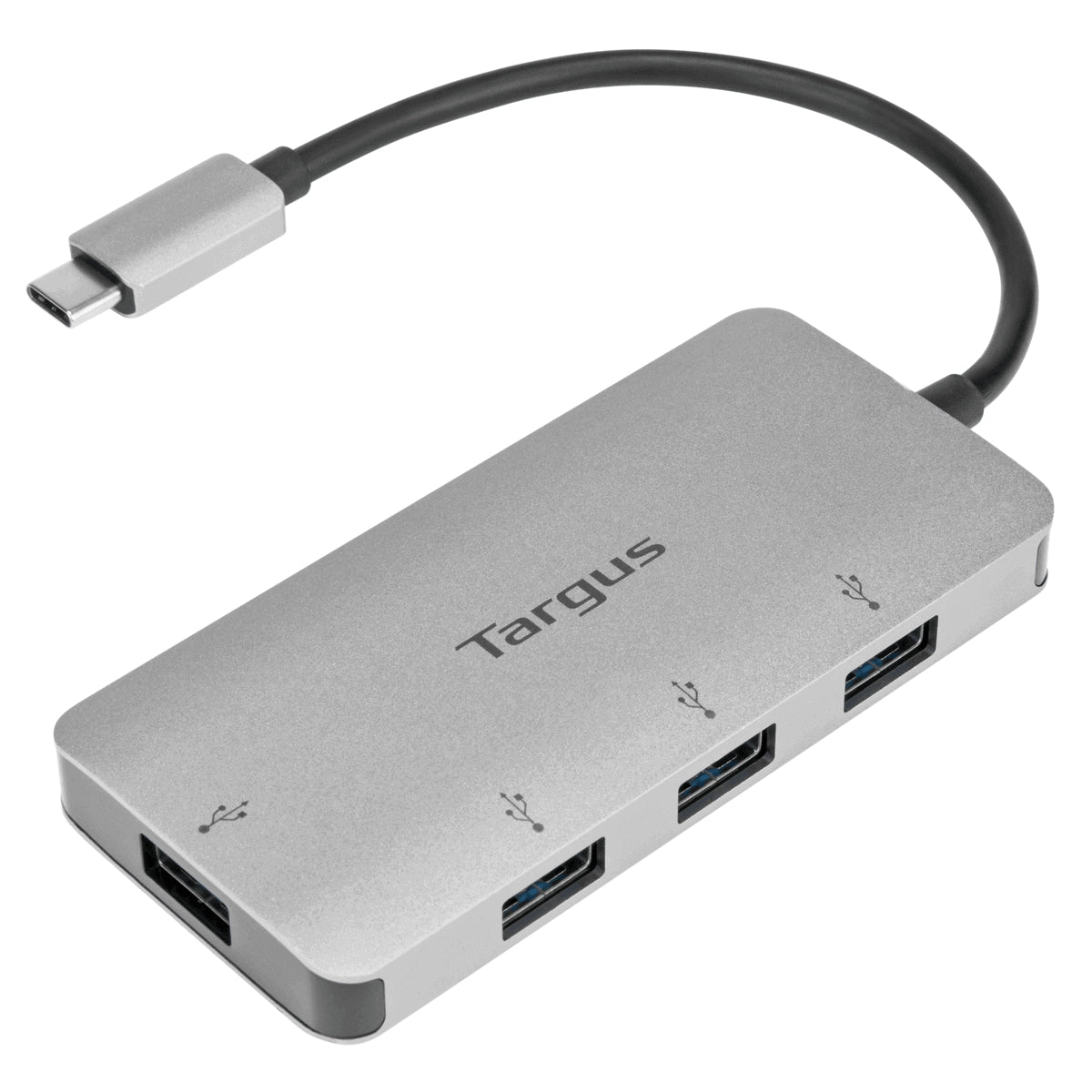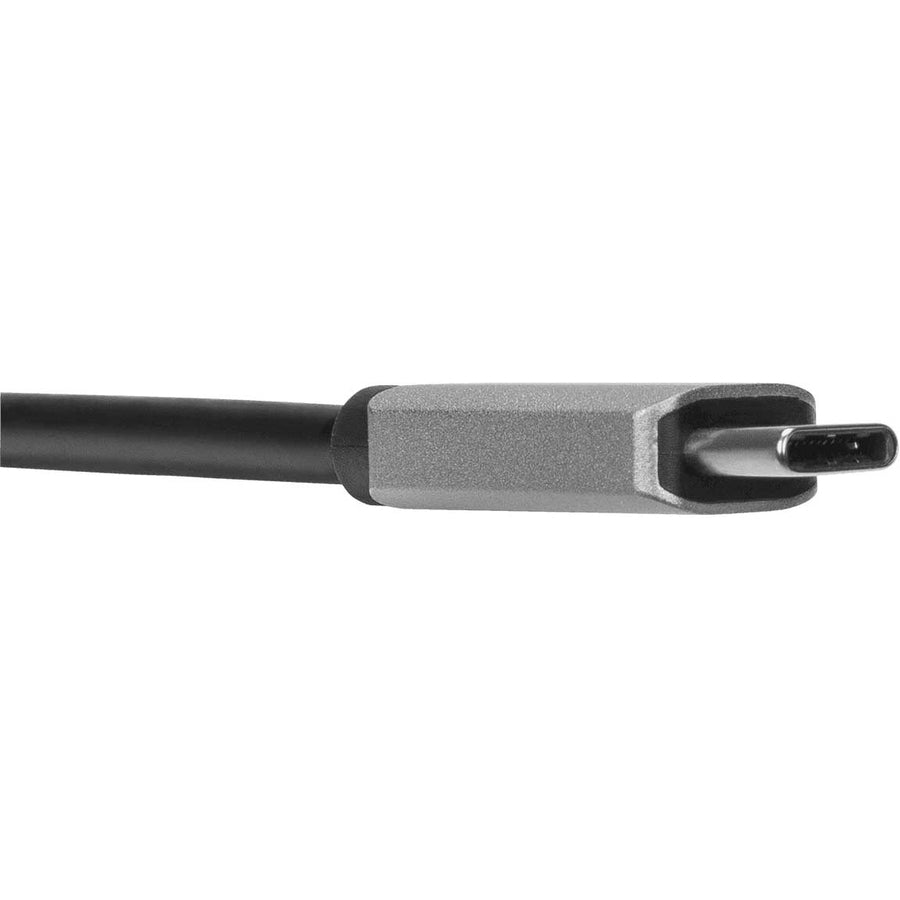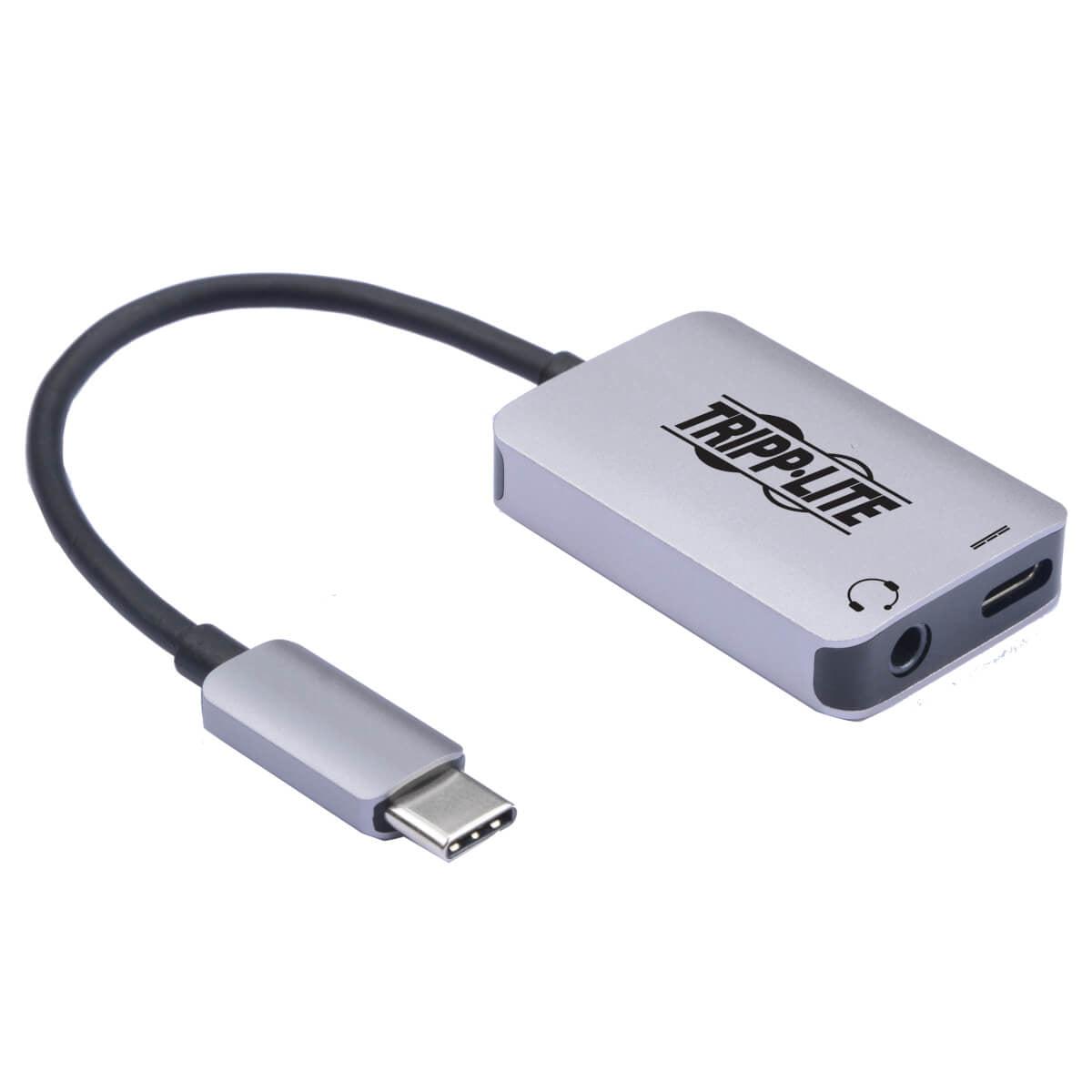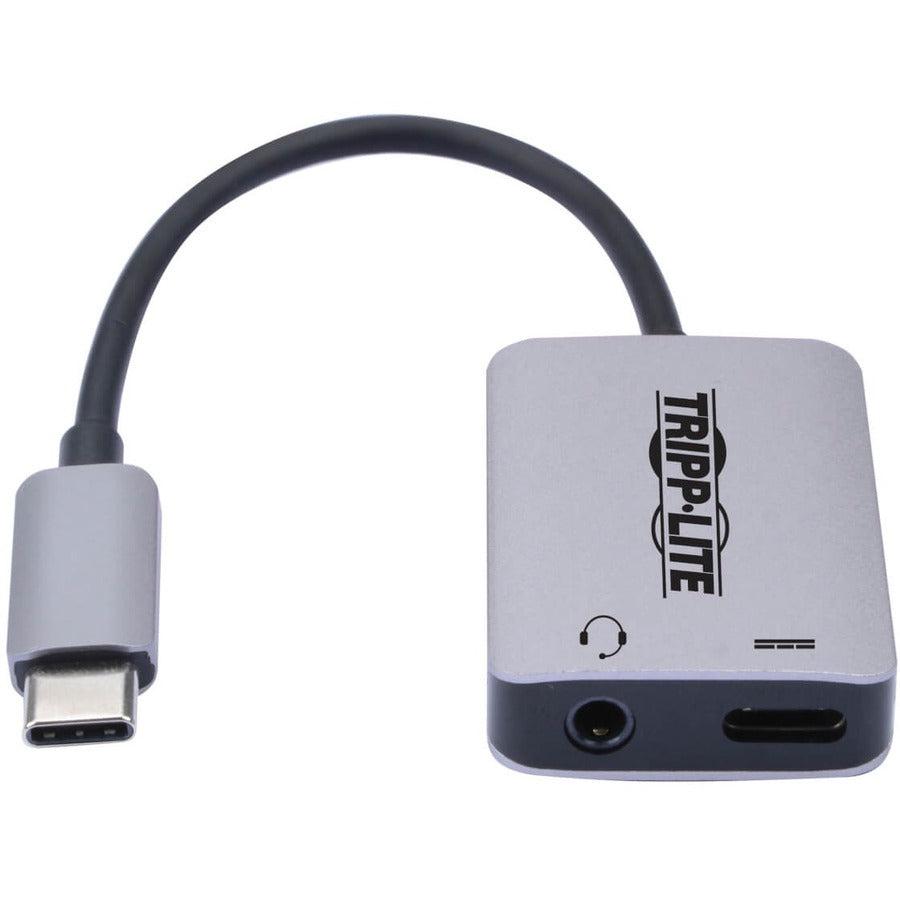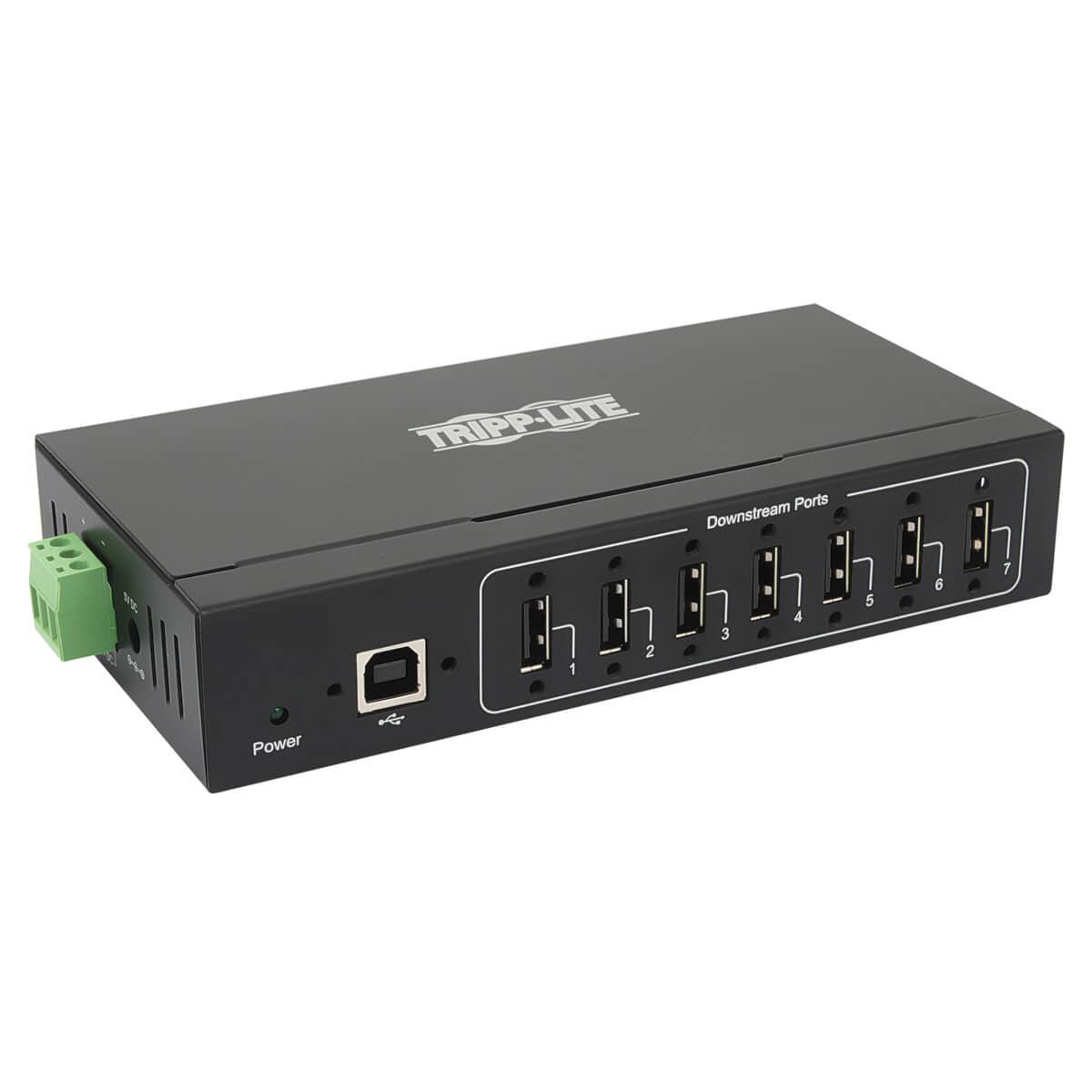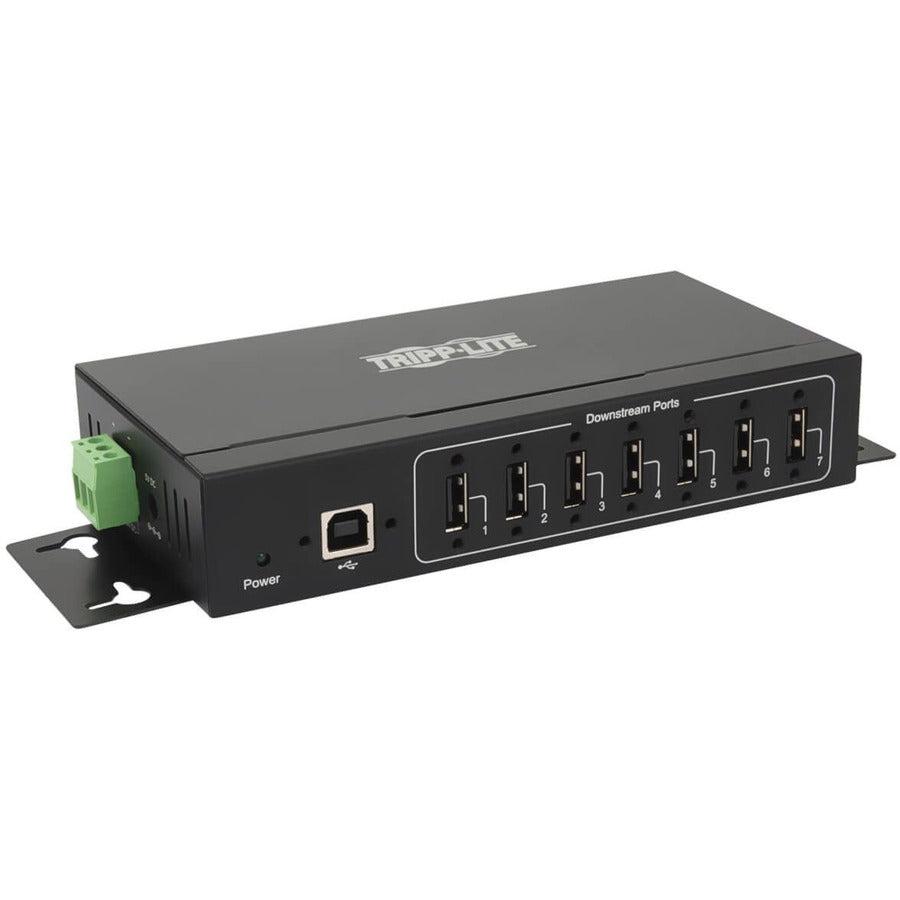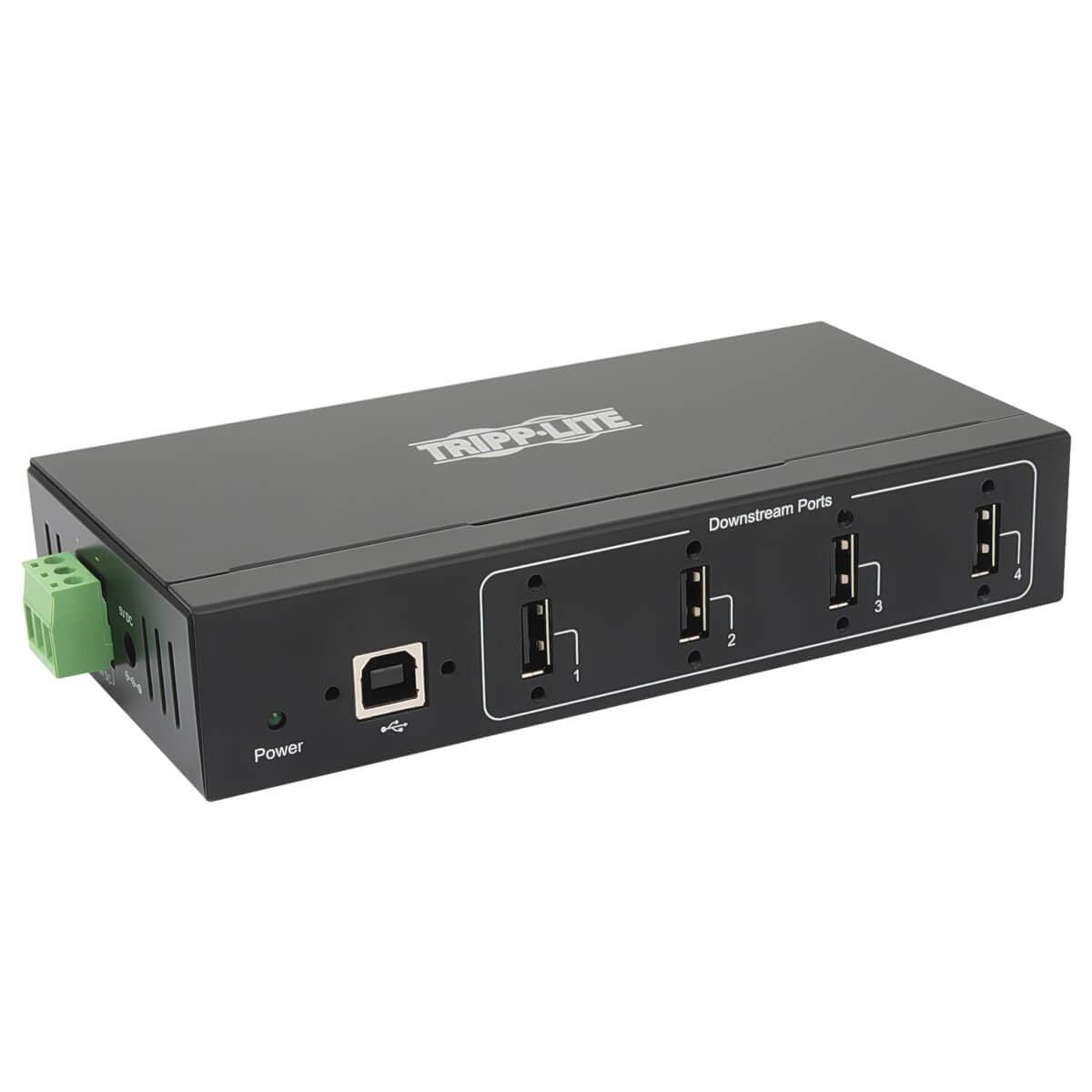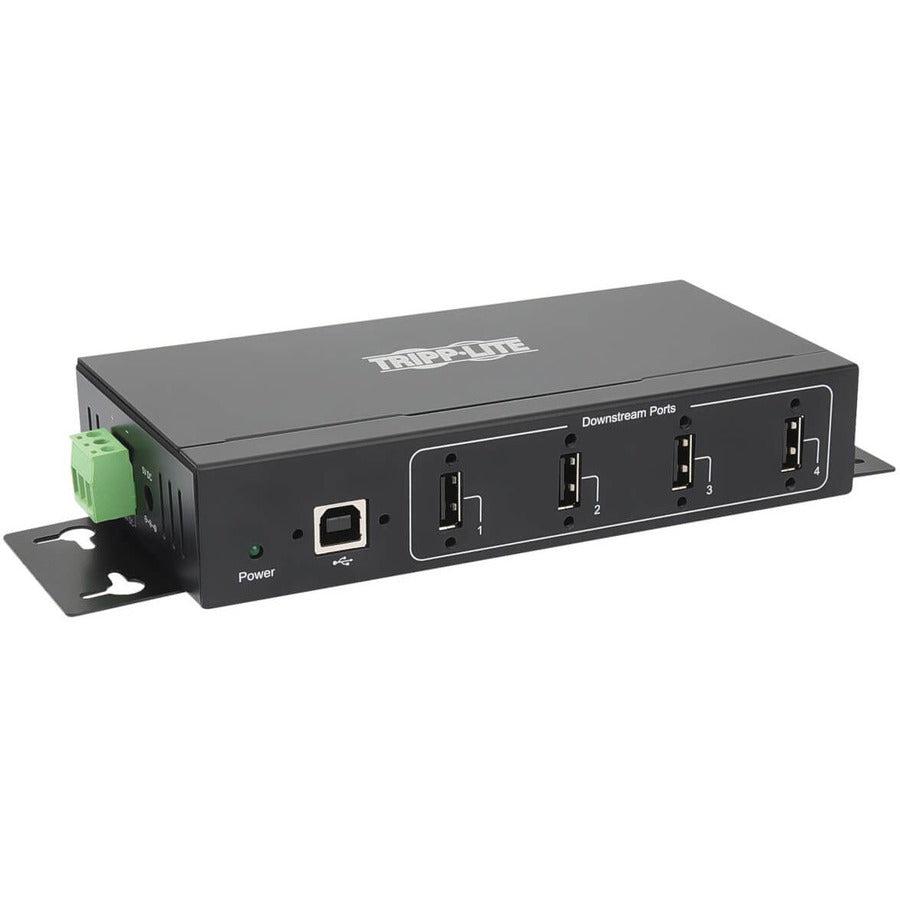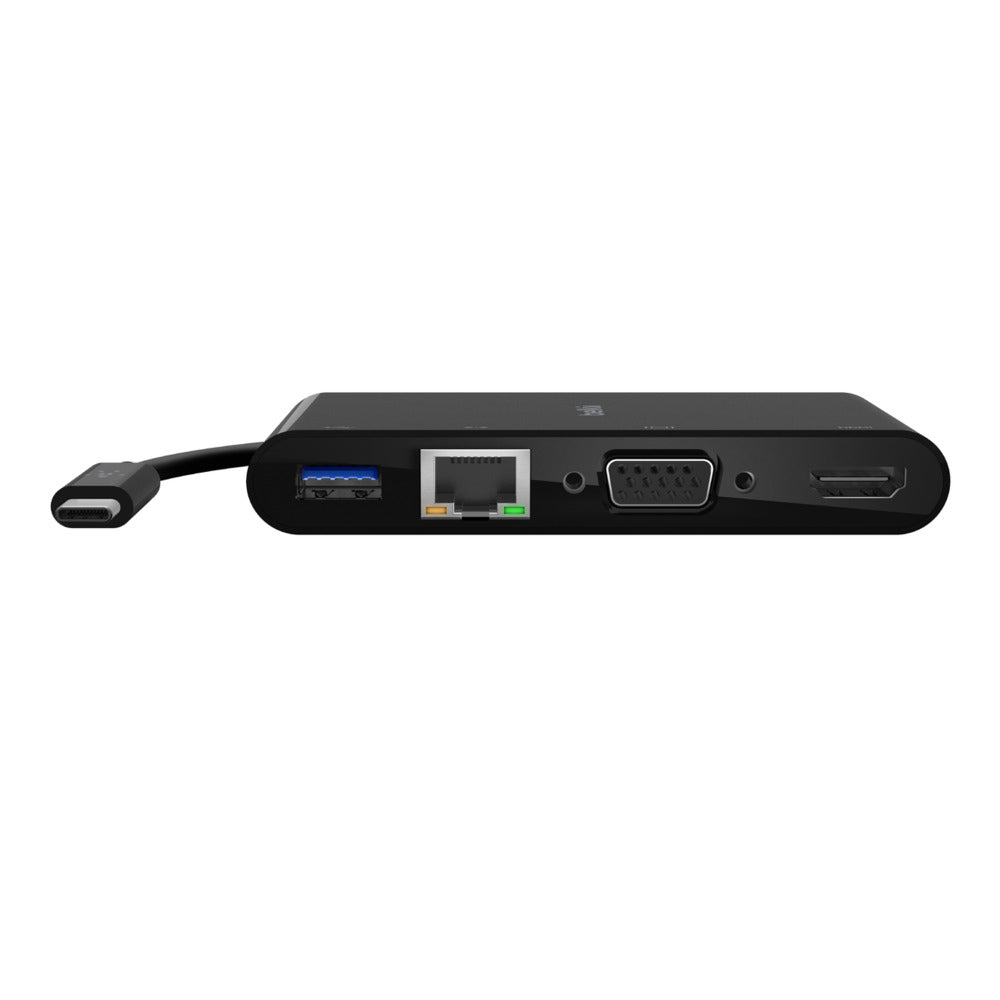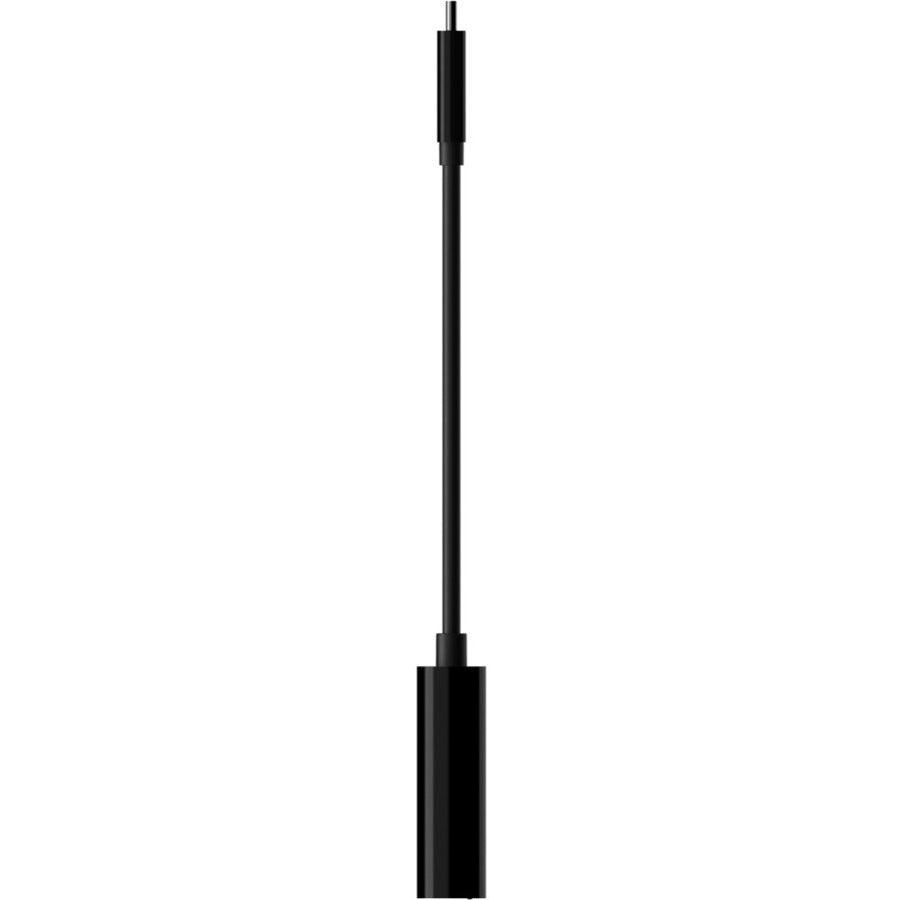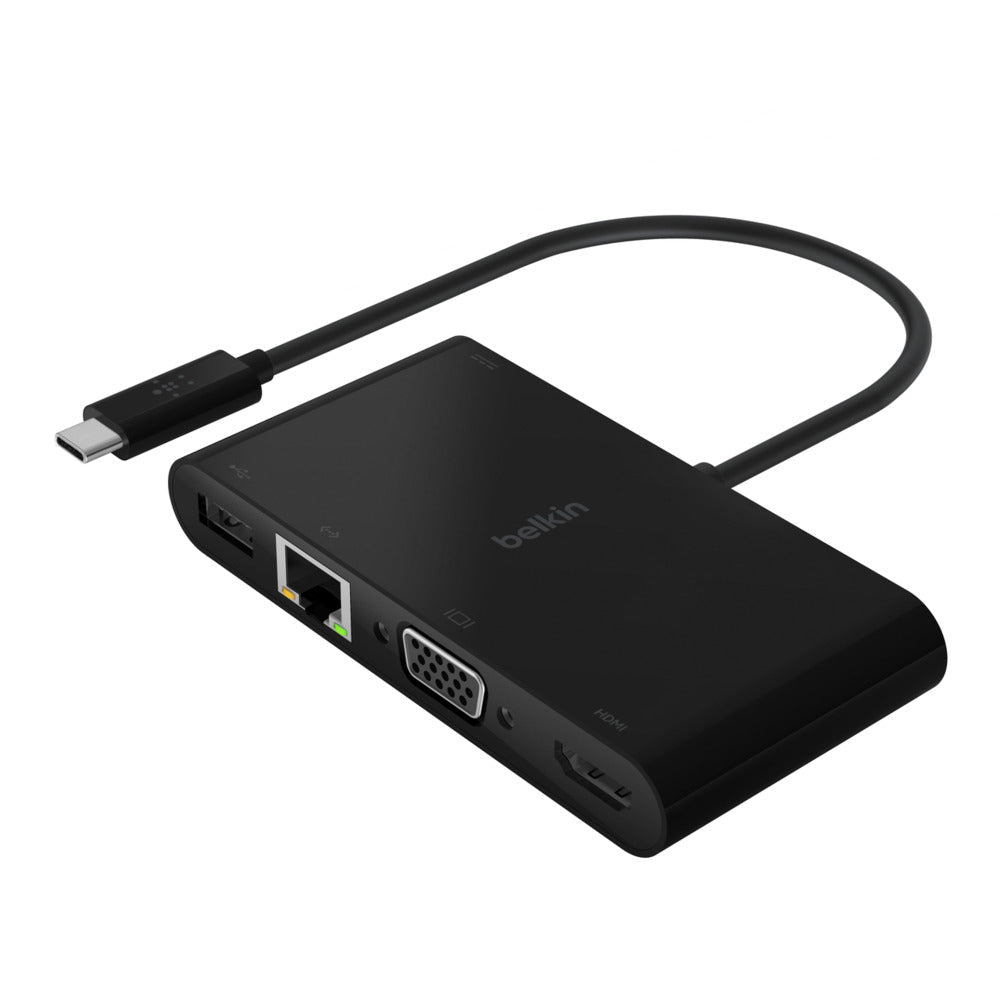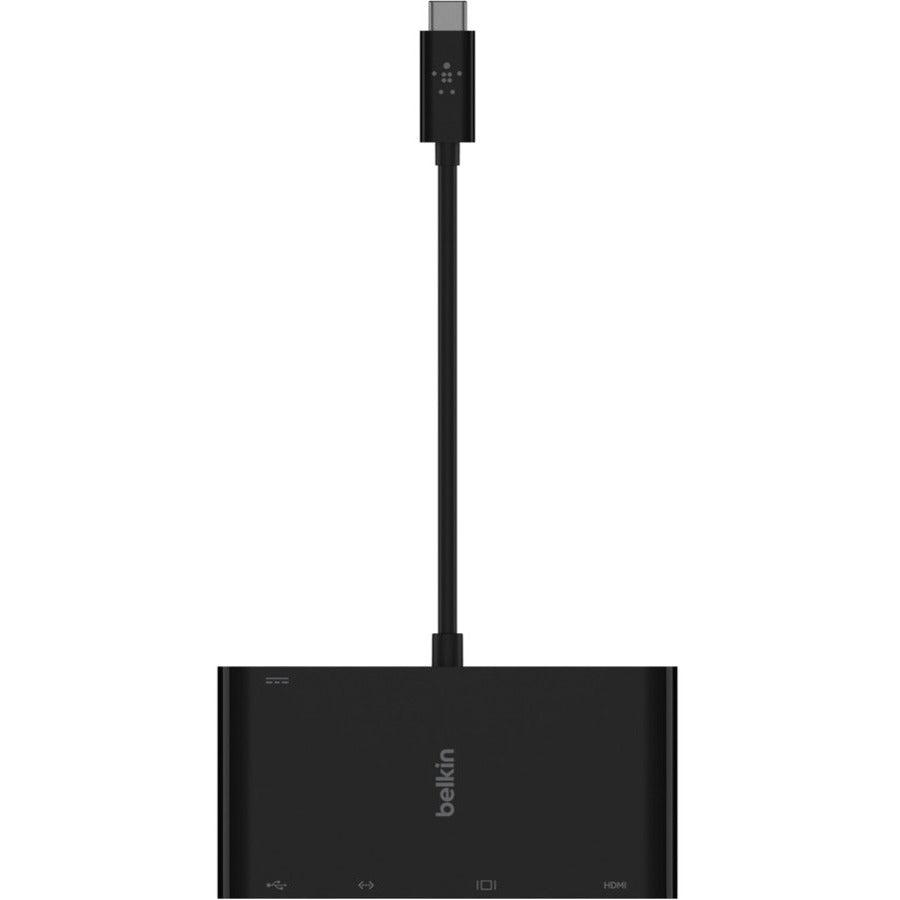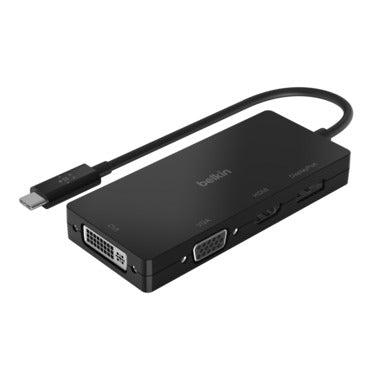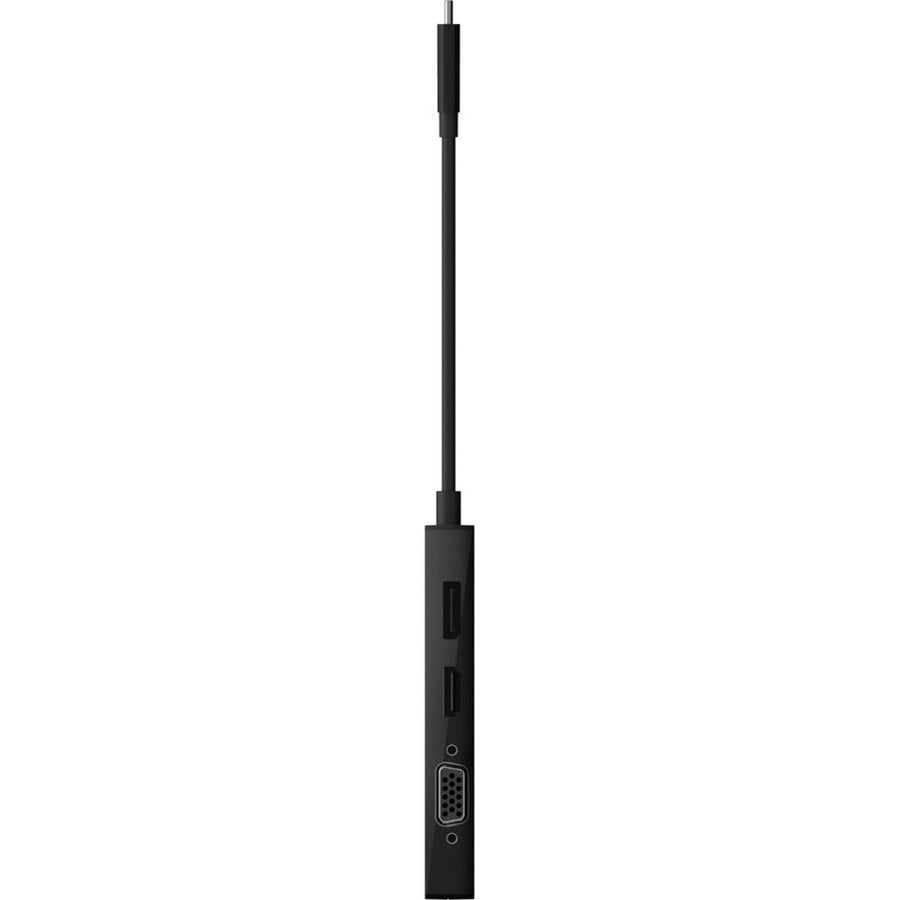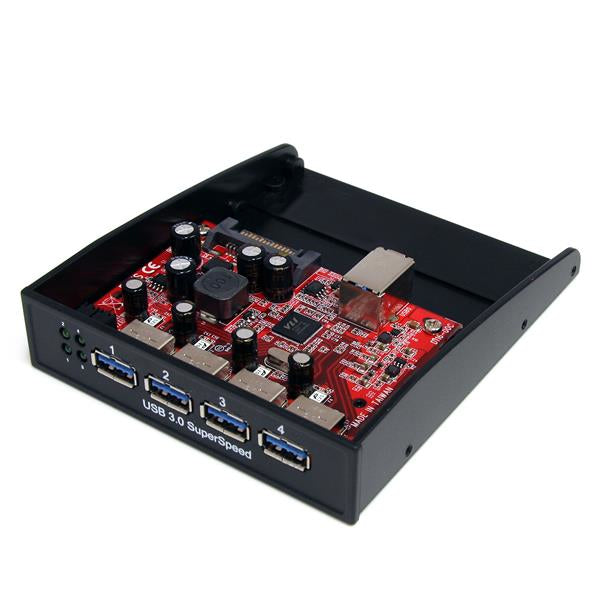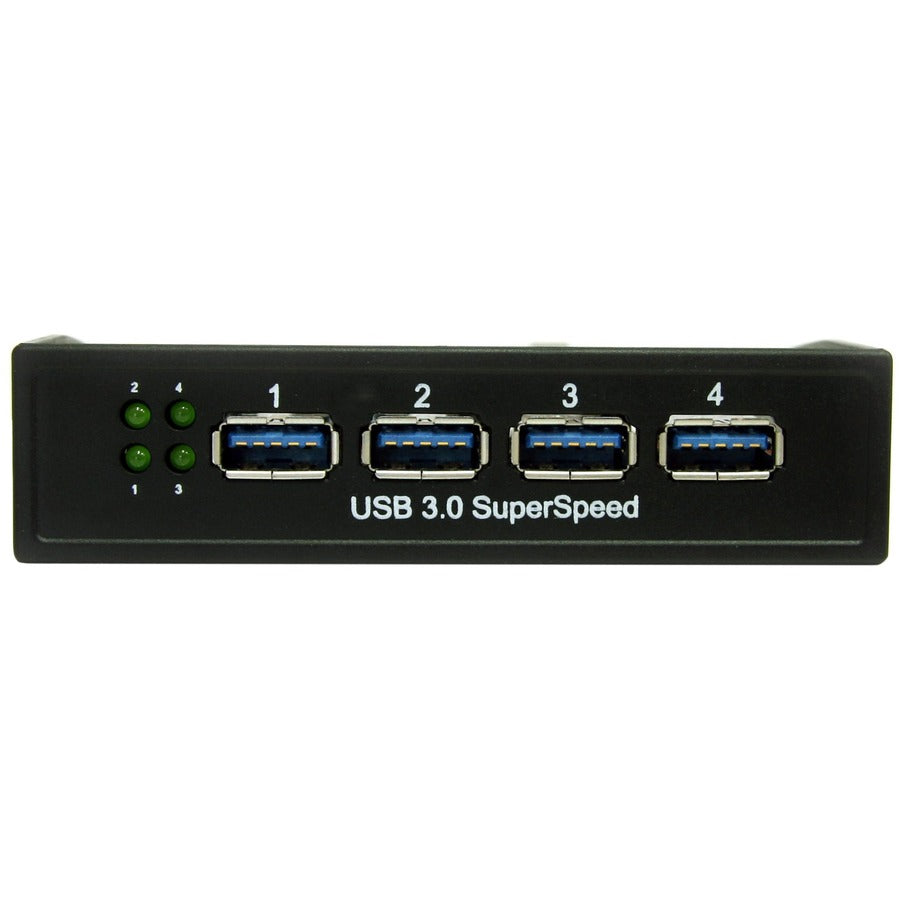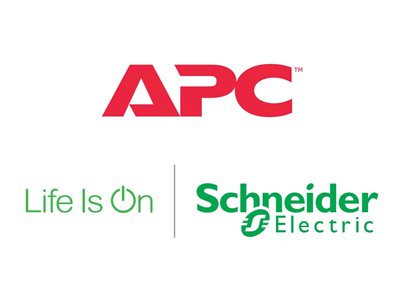Volume Purchases and Deal Registration
Interface Hubs
225 products
Showing 97 - 120 of 225 products
If you are struggling to connect all the USB devices you need to your computer at the same time, a USB hub could be the solution. USB hubs allow you to connect multiple USB devices to your computer using only one port.
This buying guide will teach you about three features to consider when purchasing your USB hub.
Features To Consider
Here is a list of three features to consider when purchasing your USB hub.
1. The Standard
One of the first things you should consider when purchasing your USB hub is which standard you need. USB cables come in several different standards, the most common of which are USB 3.0, USB-C, and micro USB. Each of these requires a different type of port to work properly.
2. Bus-Powered vs. Self-Powered
USB hubs can be powered in two different ways: bus-powered and self-powered. Bus-powered USB devices are powered via the computer that they are plugged into. These are smaller and easier to transport which makes them great if you have to work in different locations frequently.
Self-powered USB devices require a separate cable to power the device. This means that they must be used in a location with an appropriate power source such as a wall outlet. They are also typically larger. While this increases the number of devices that the hub can handle, it also makes the device more difficult to travel with.
To learn more about the differences between bus-powered and self-powered USB ports and which is the best for you, read our full-length buying guide.
3. Number of Ports
The last feature that you’ll need to look at before you make your purchase is the number of ports the device comes with. When in doubt, you should go with the device that has more ports. That way, if you eventually acquire more USB-powered devices, you won’t need to purchase a new USB hub to house them all.

